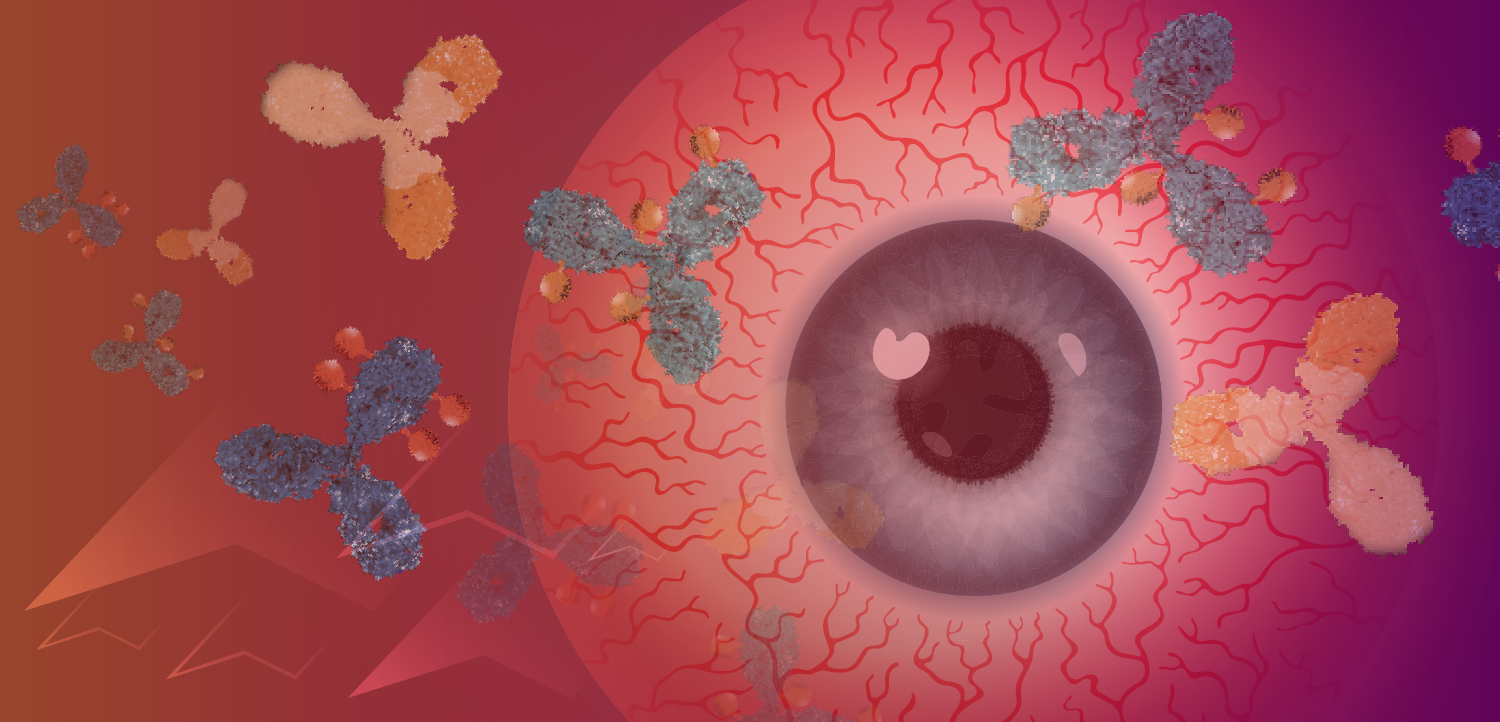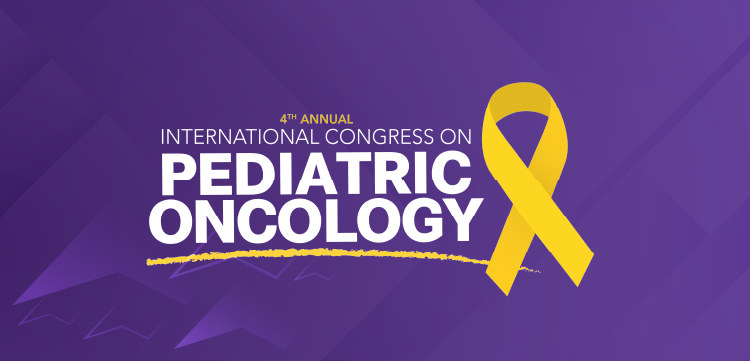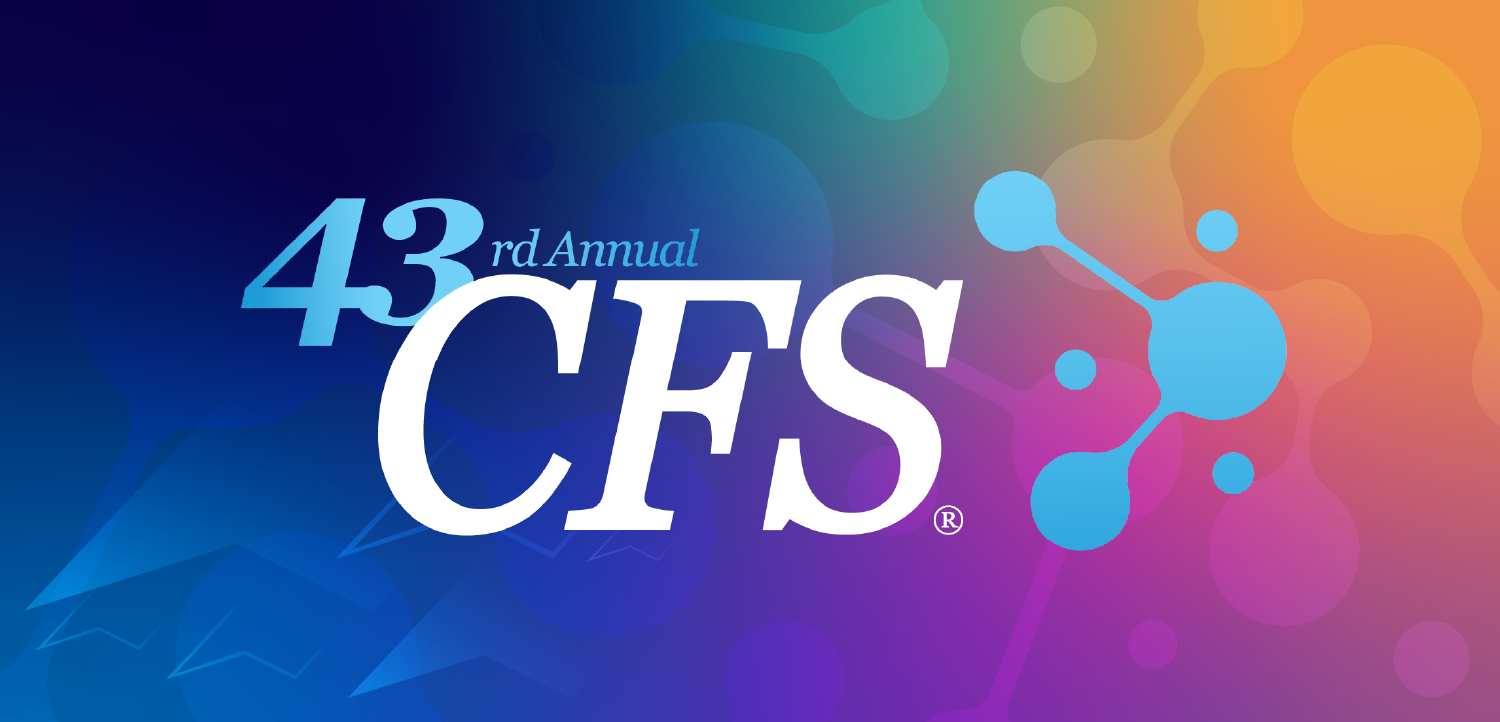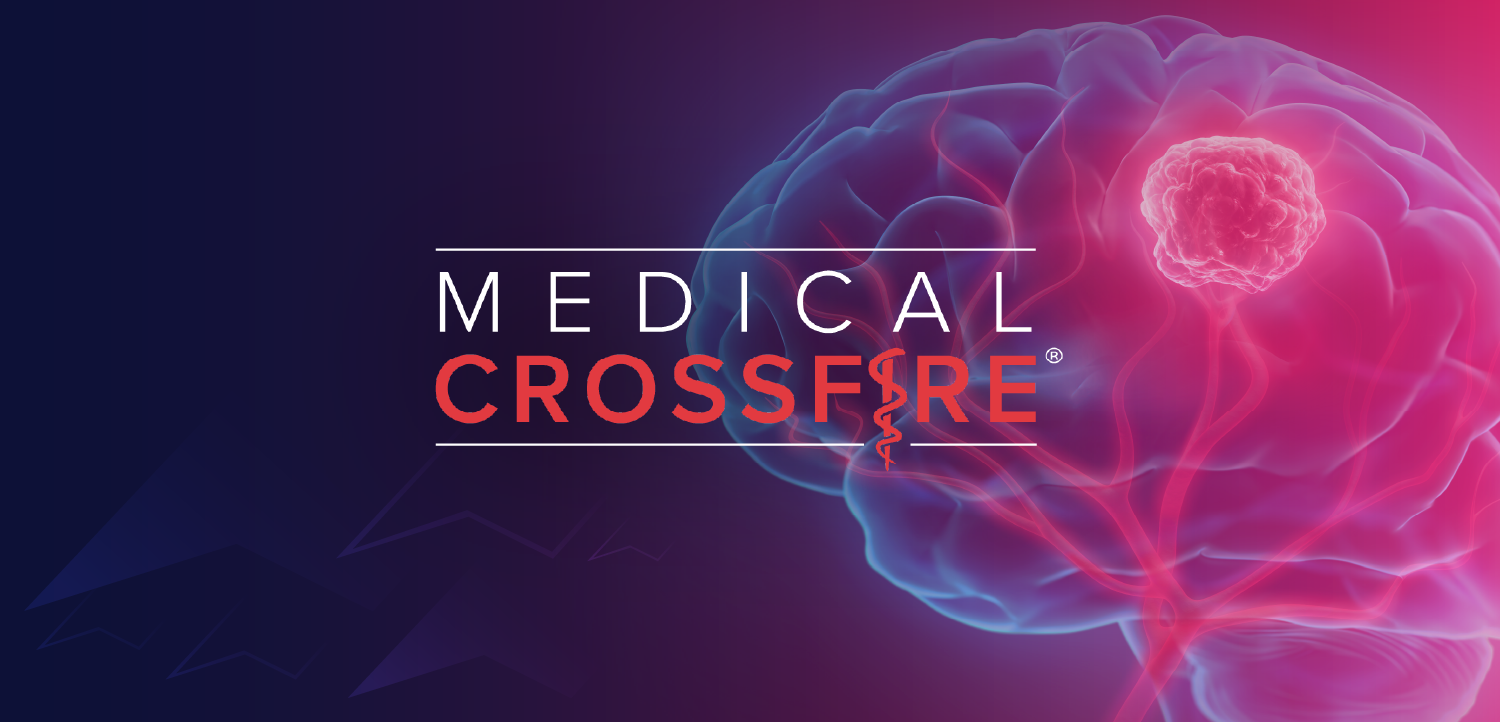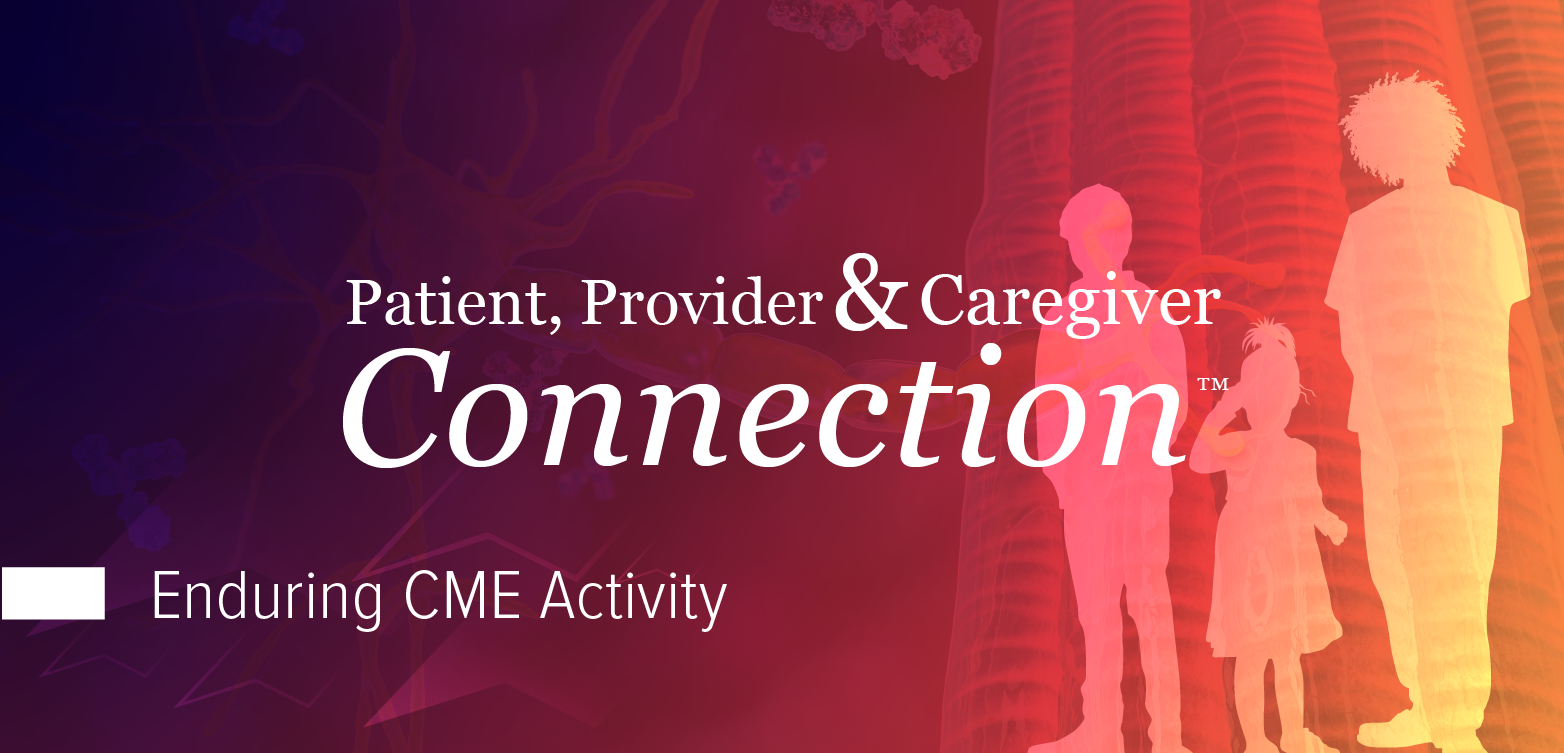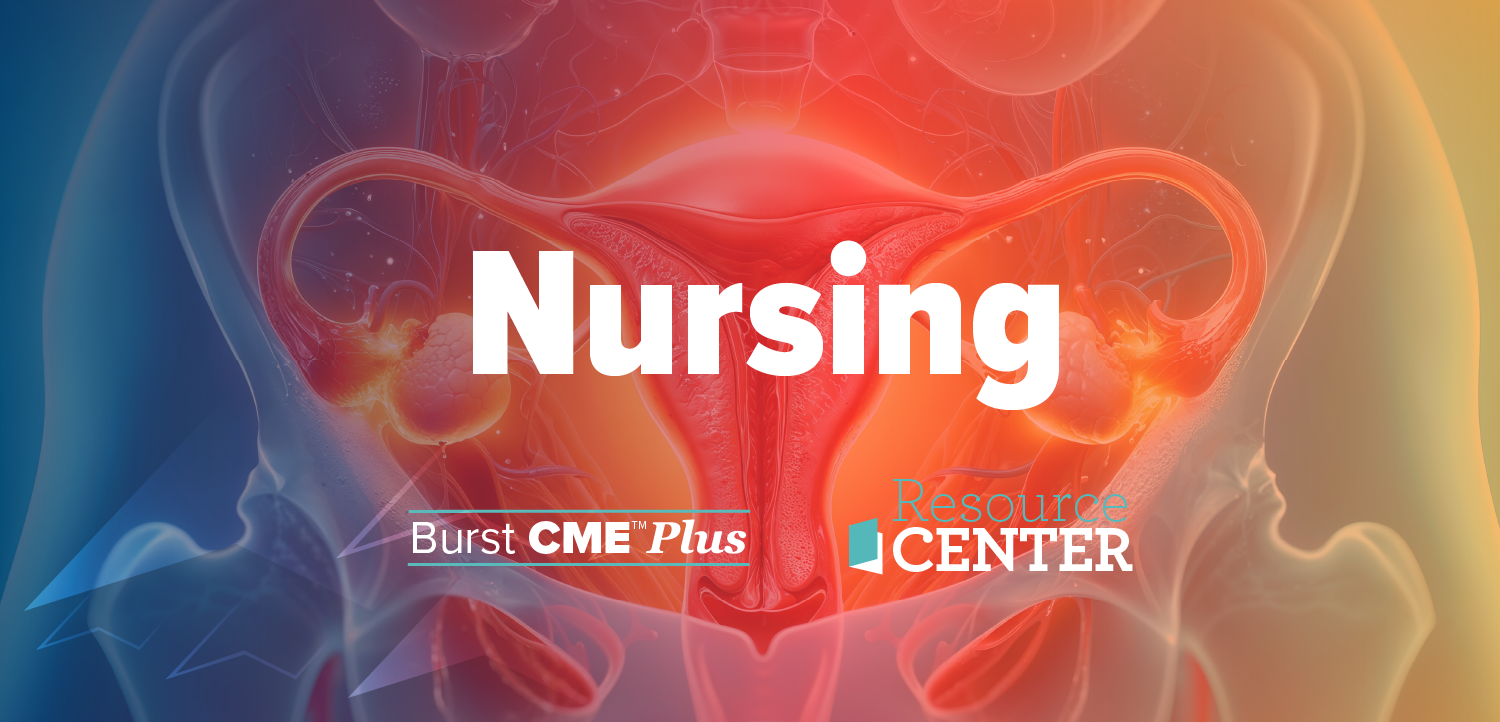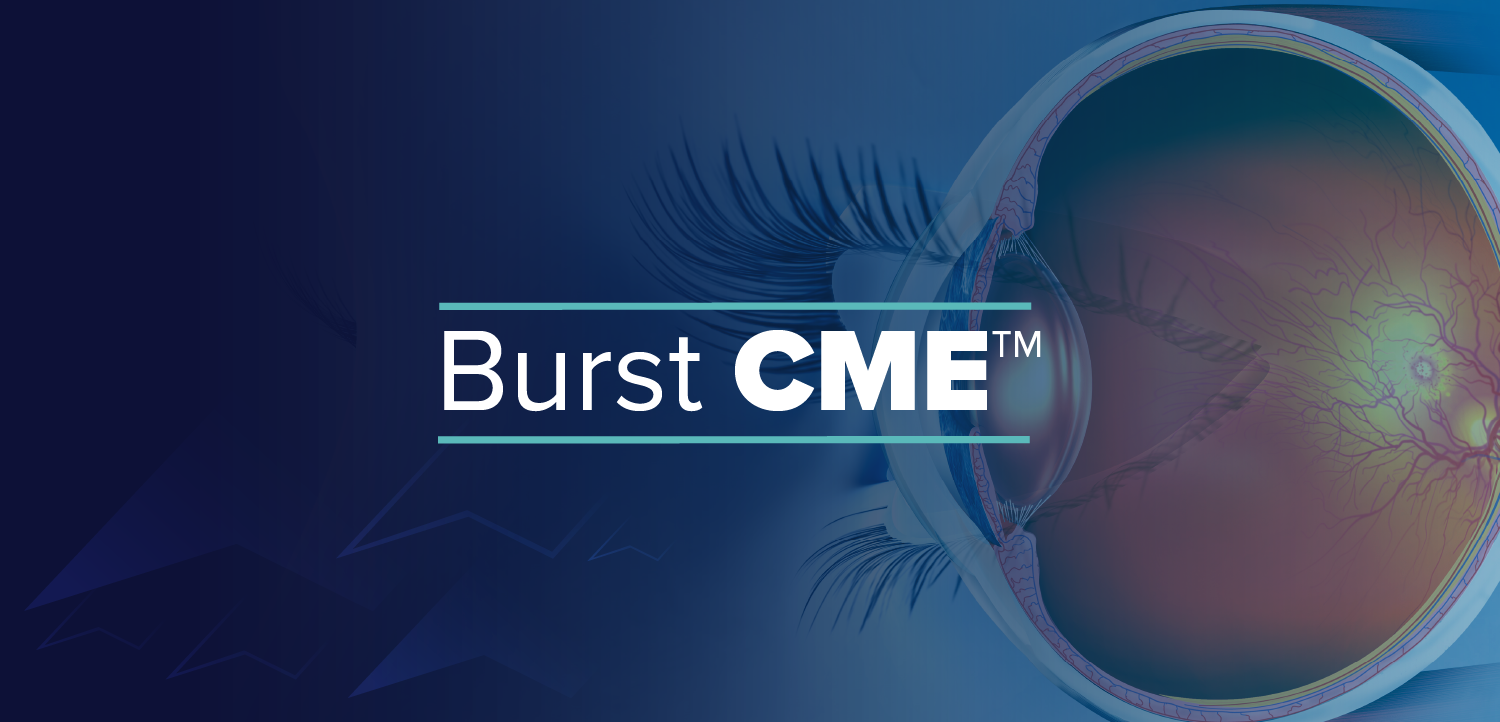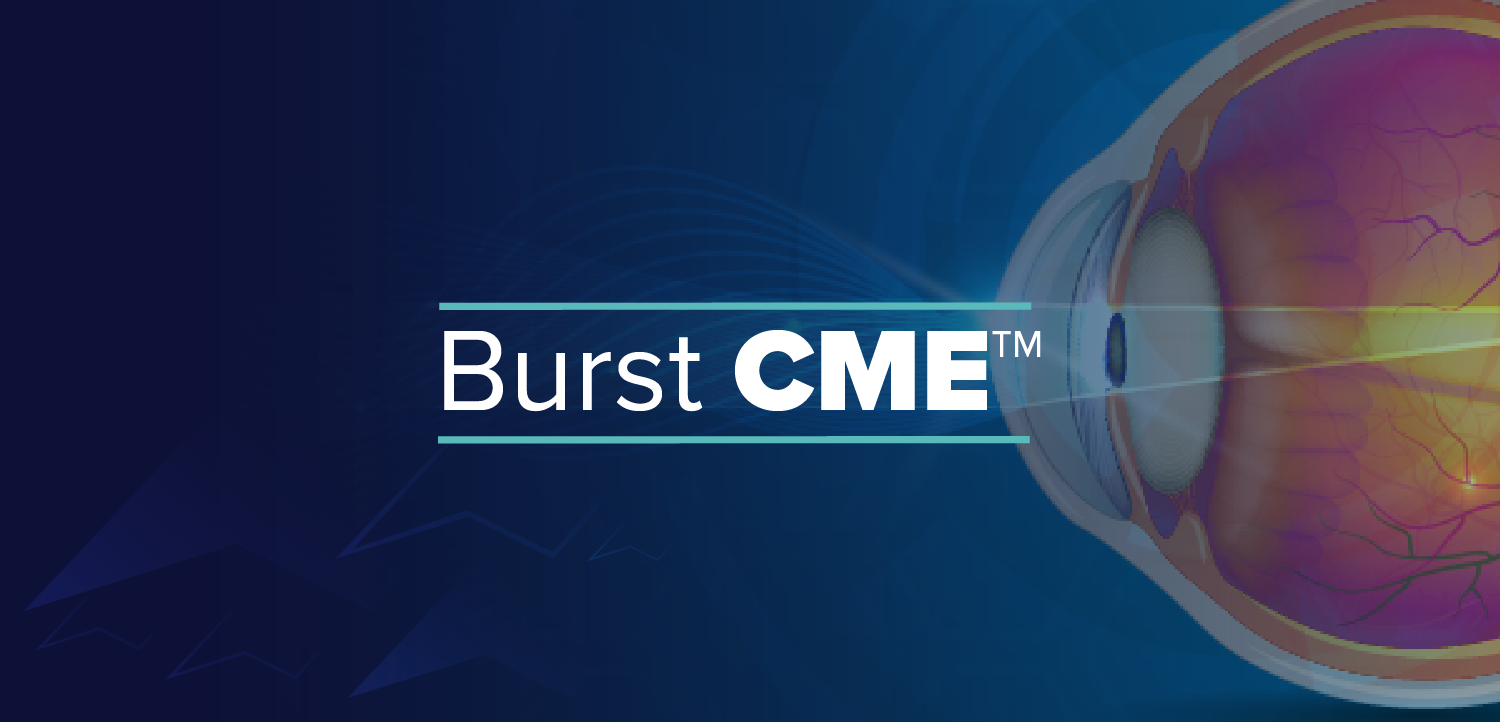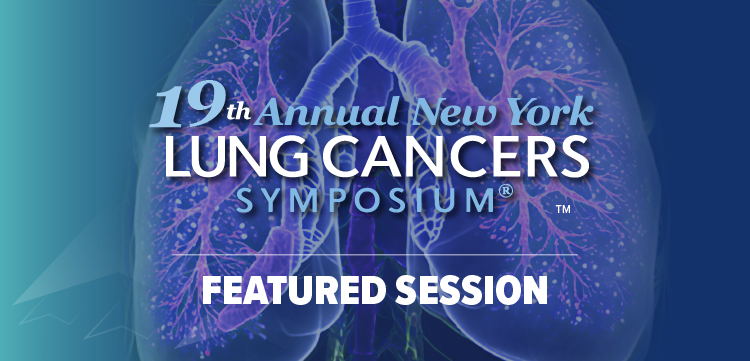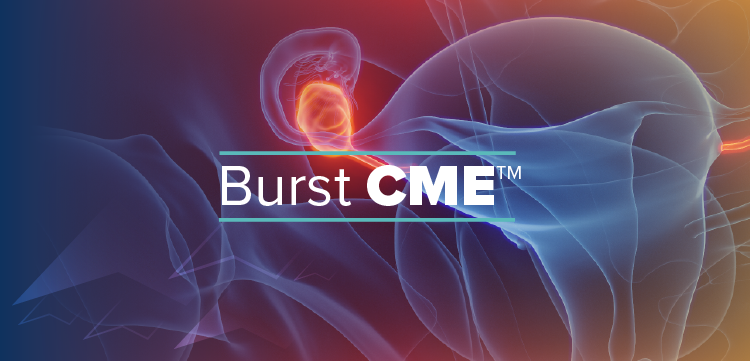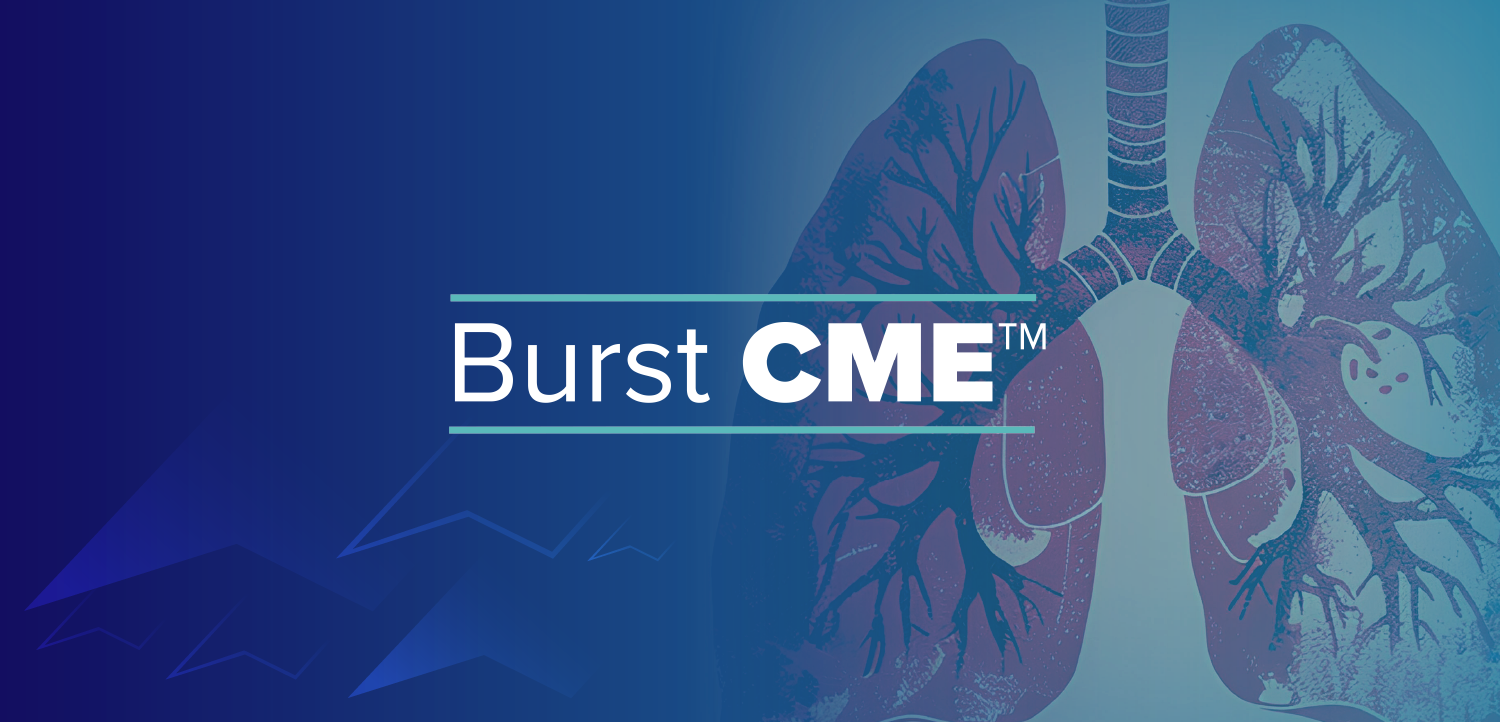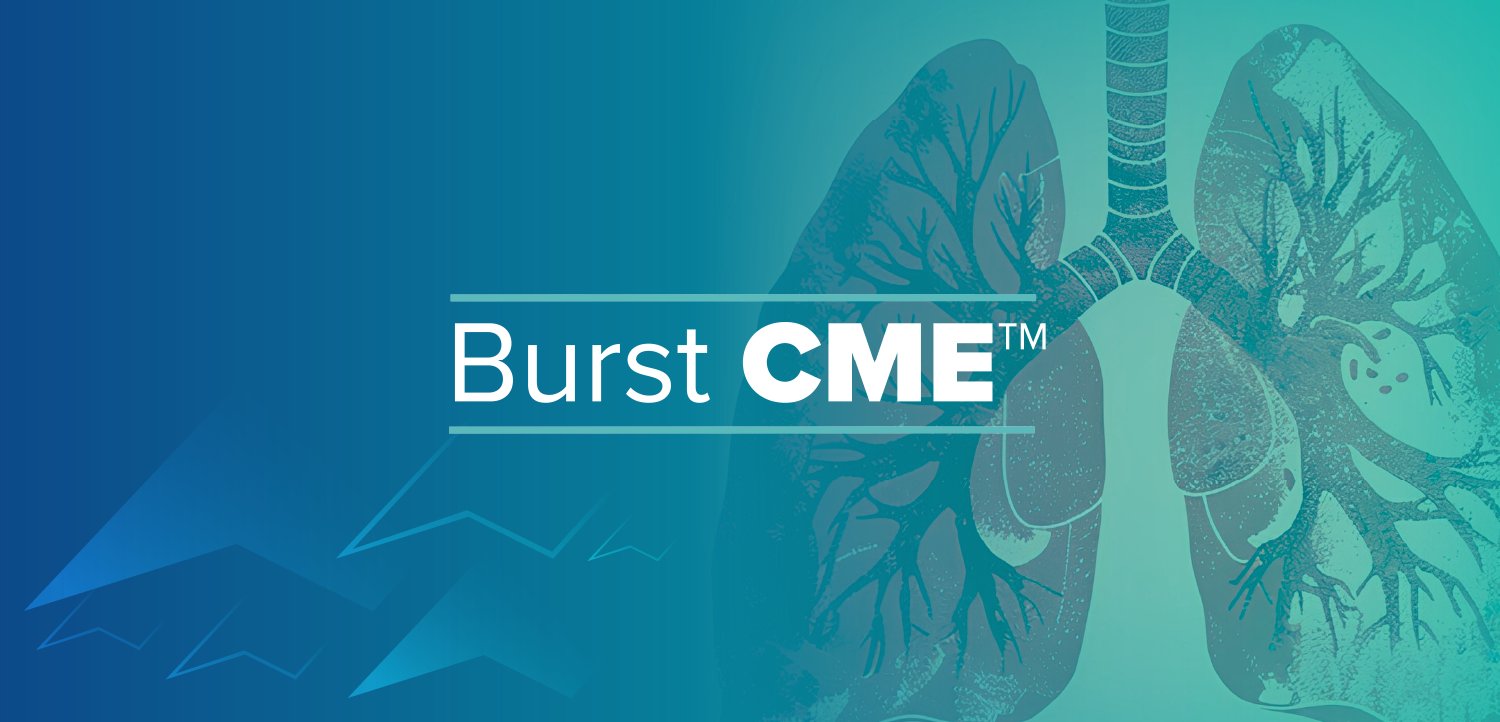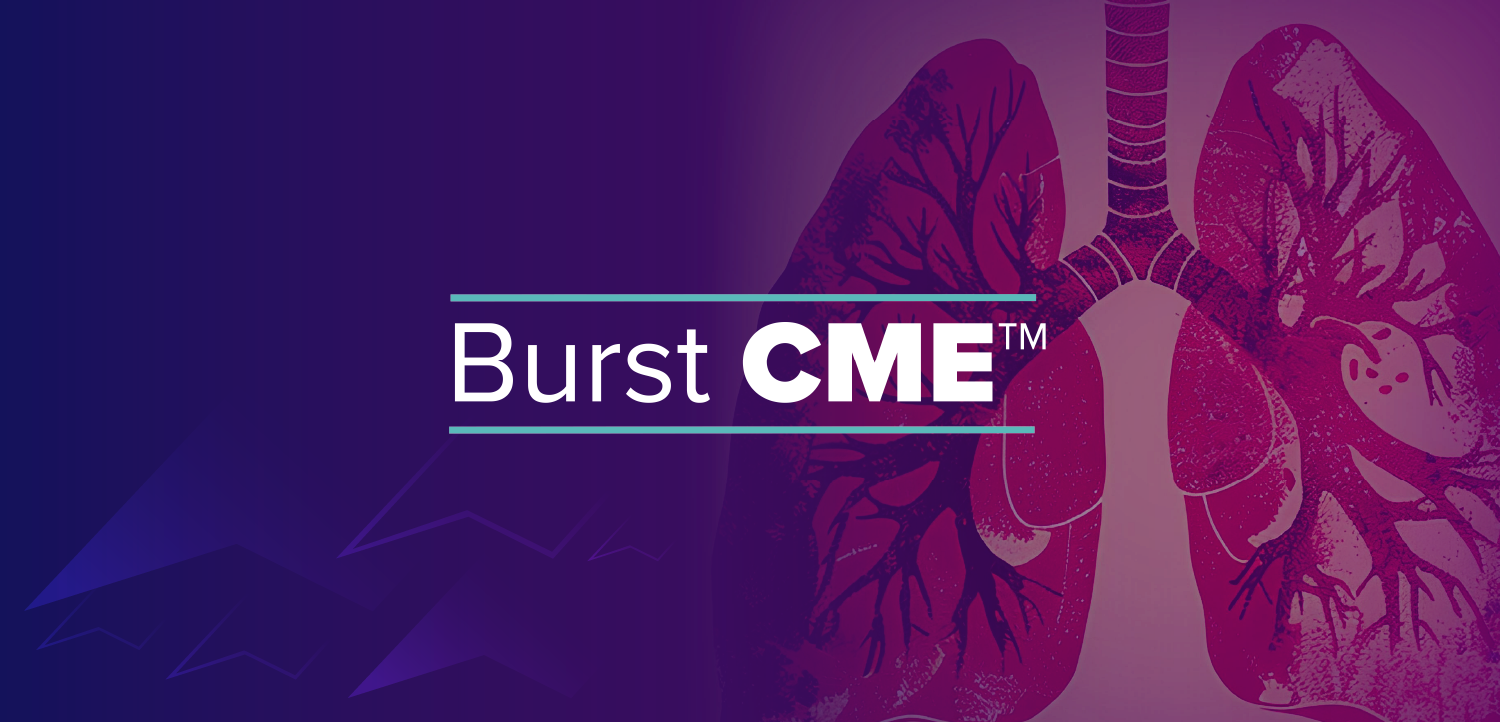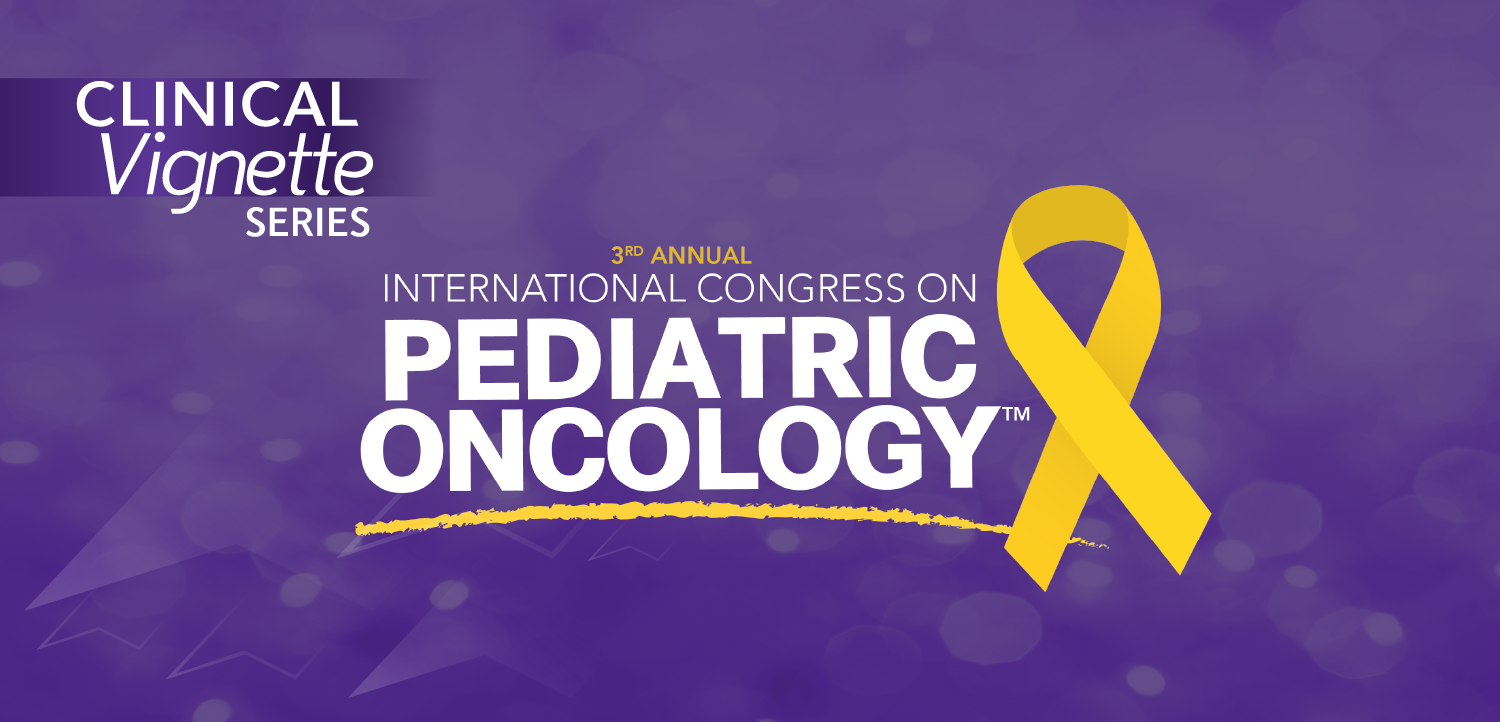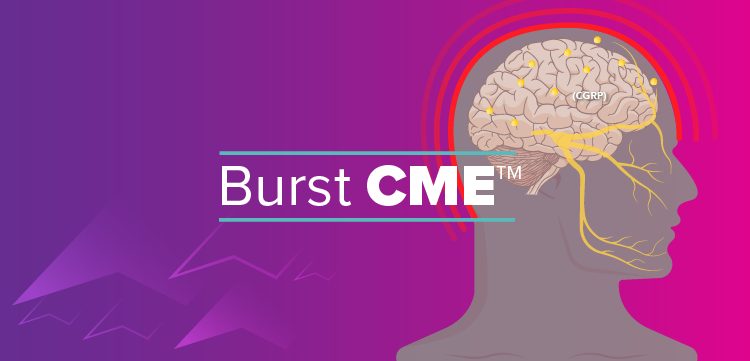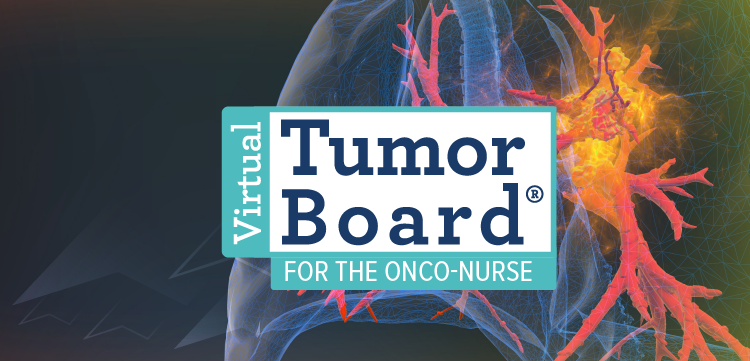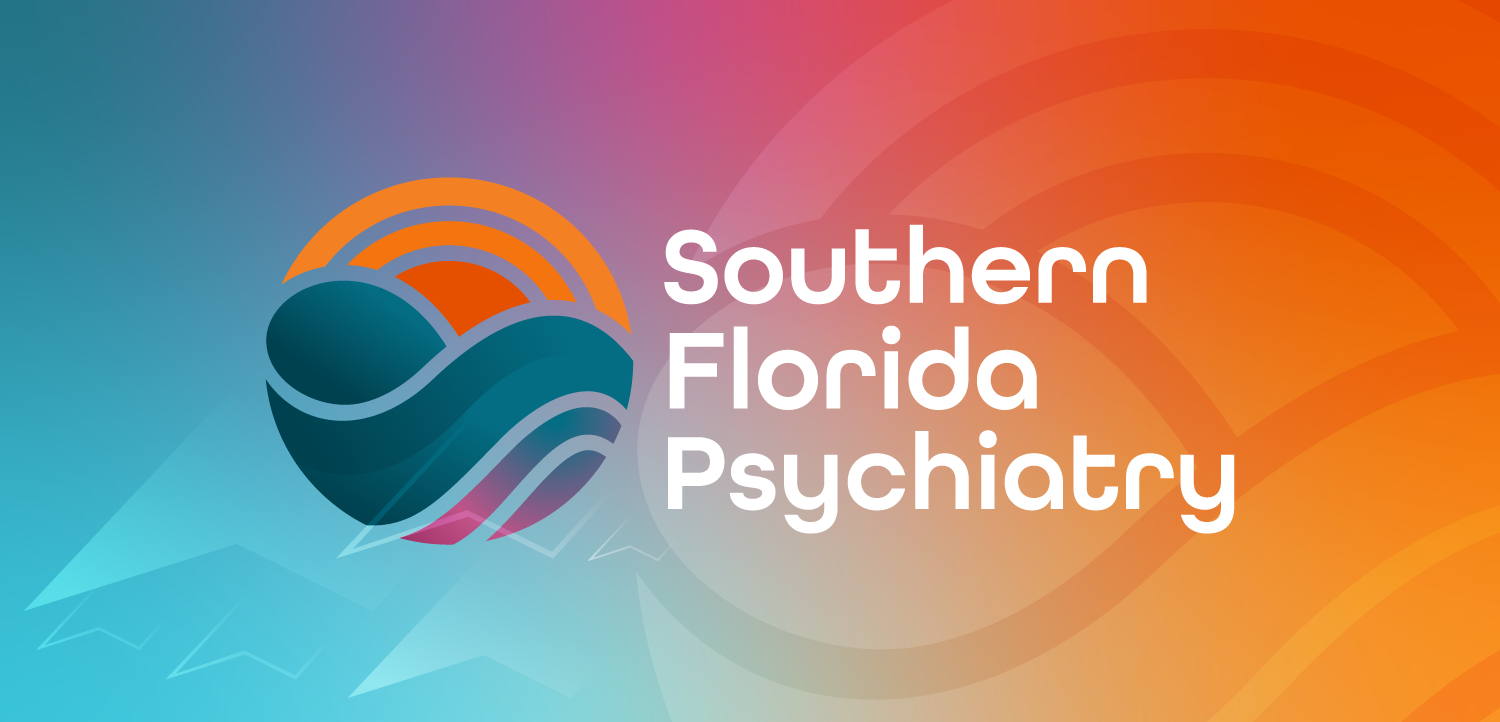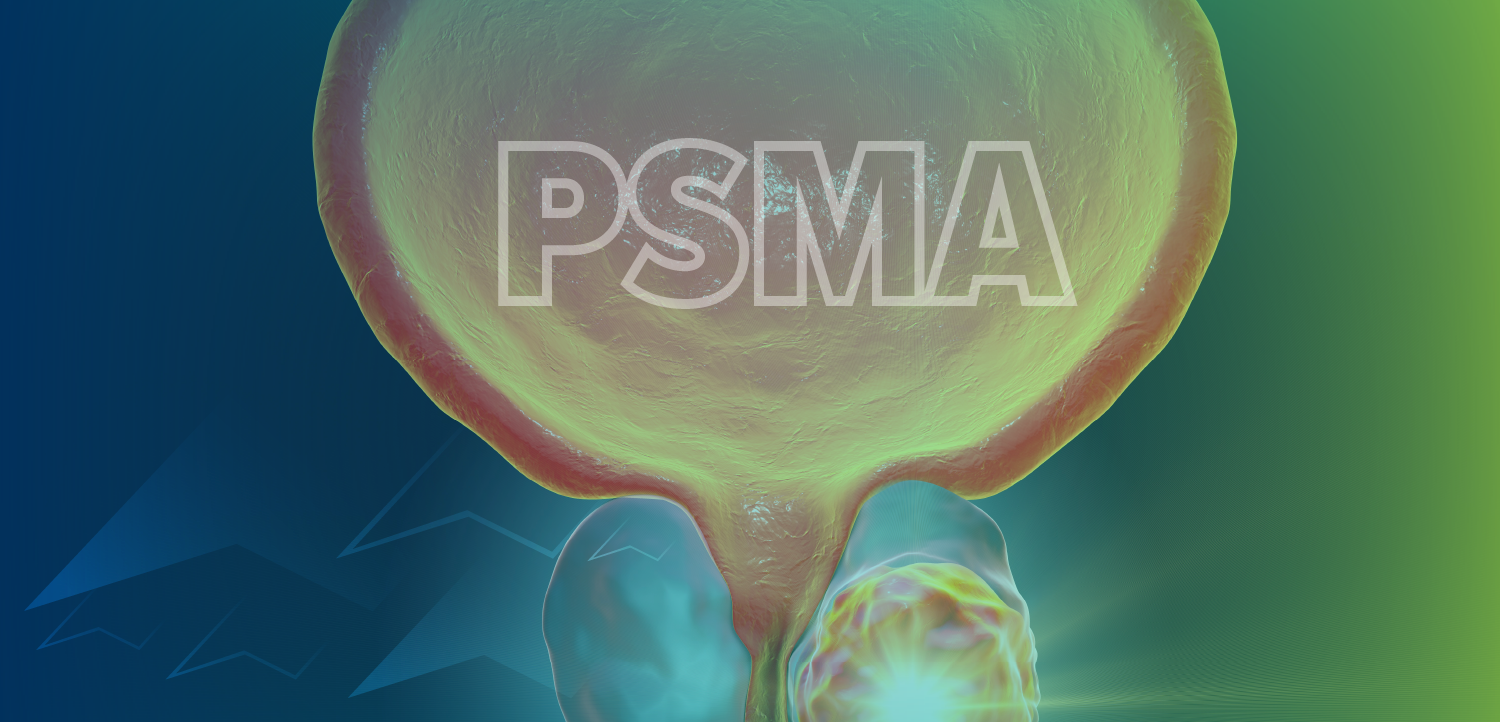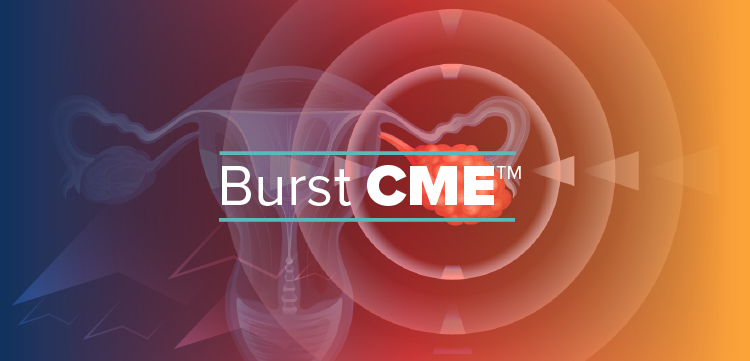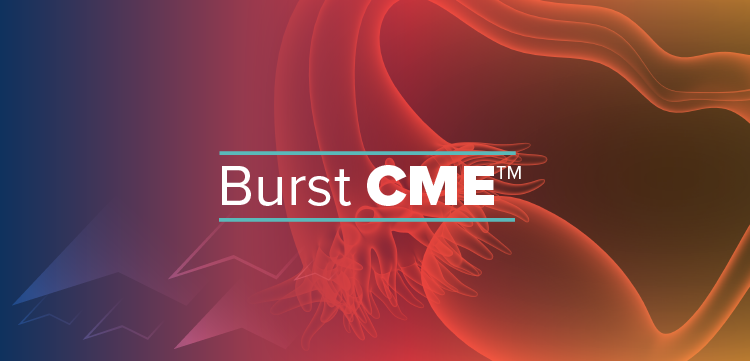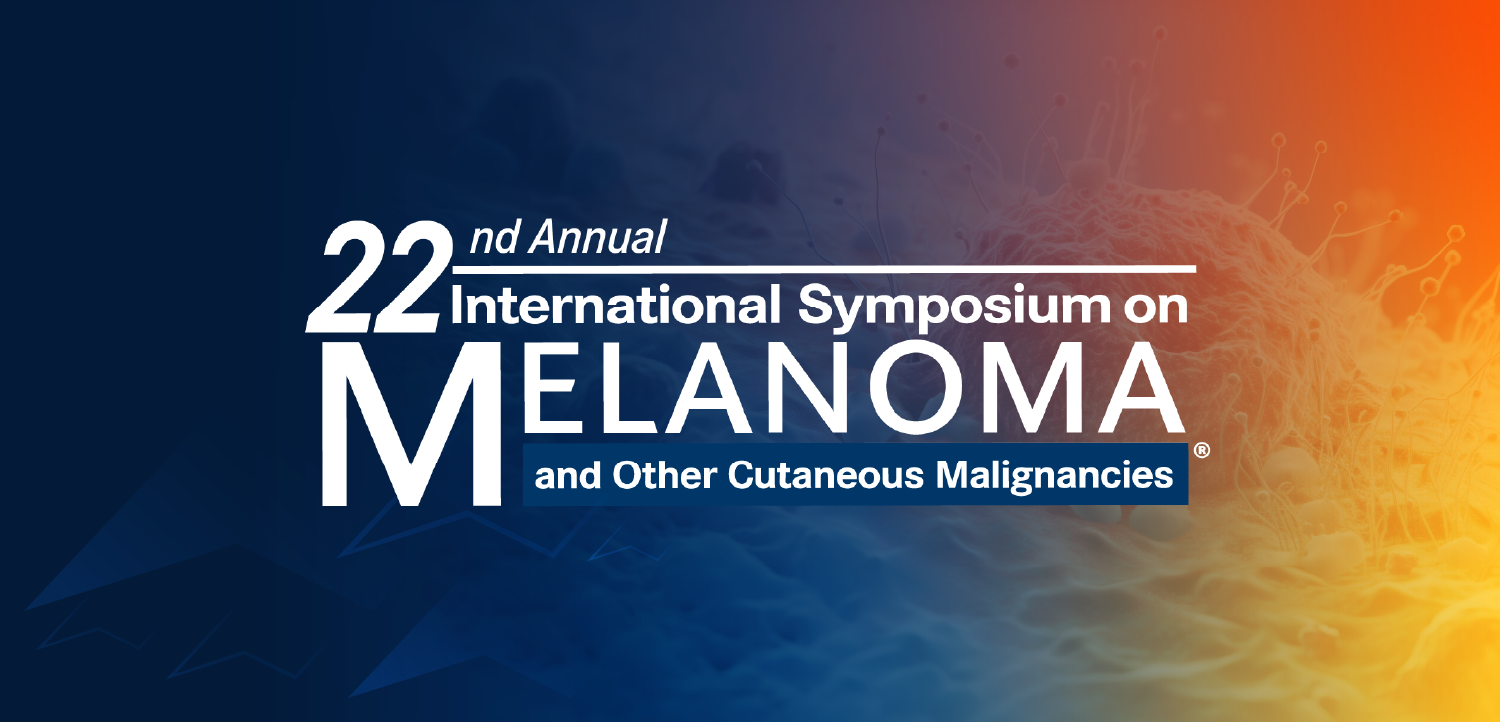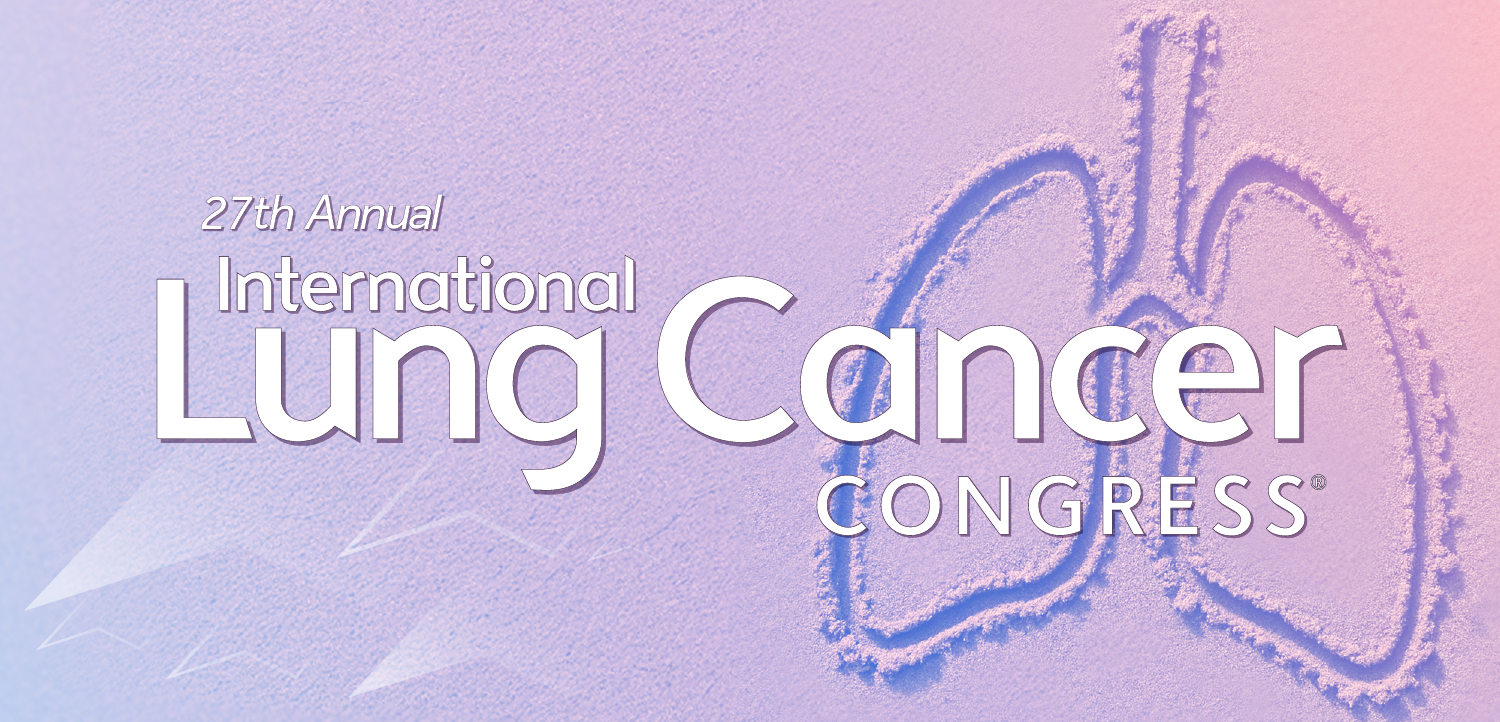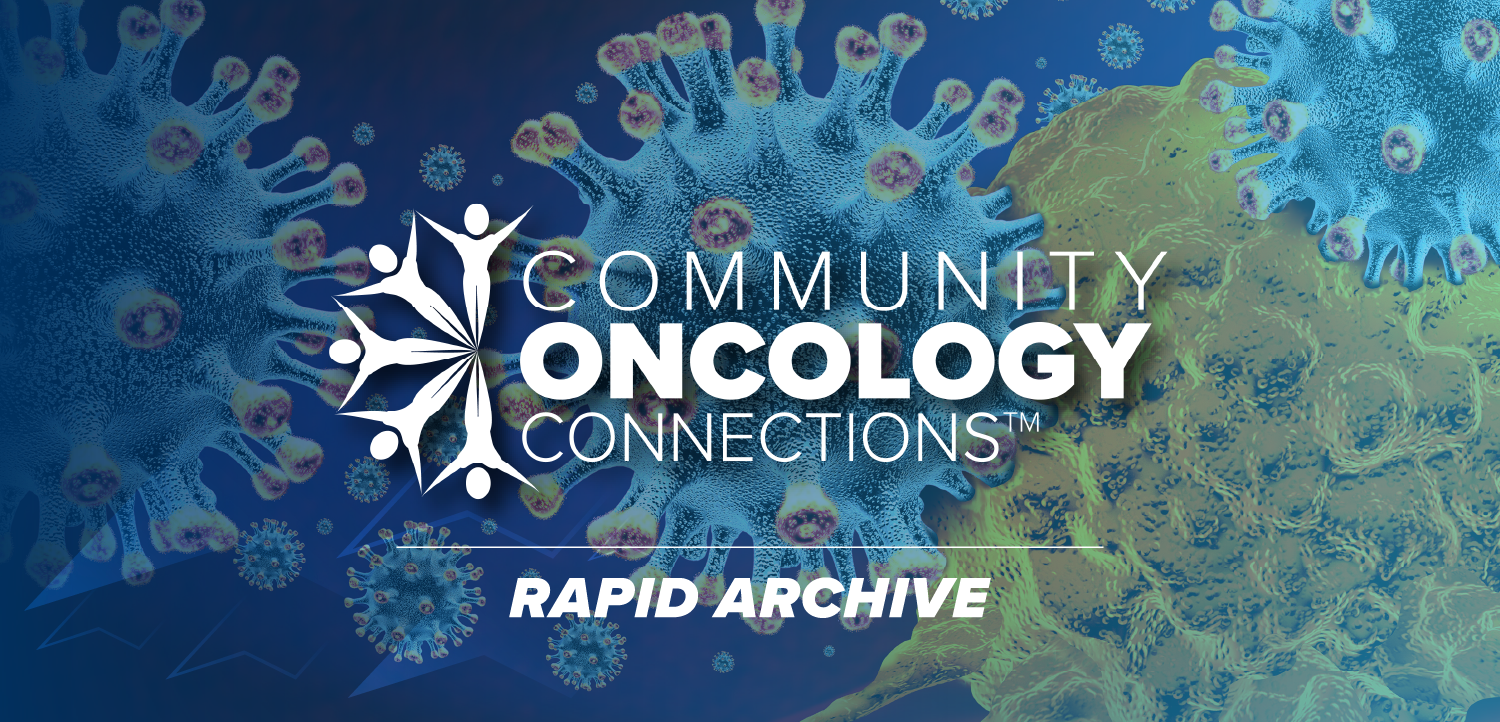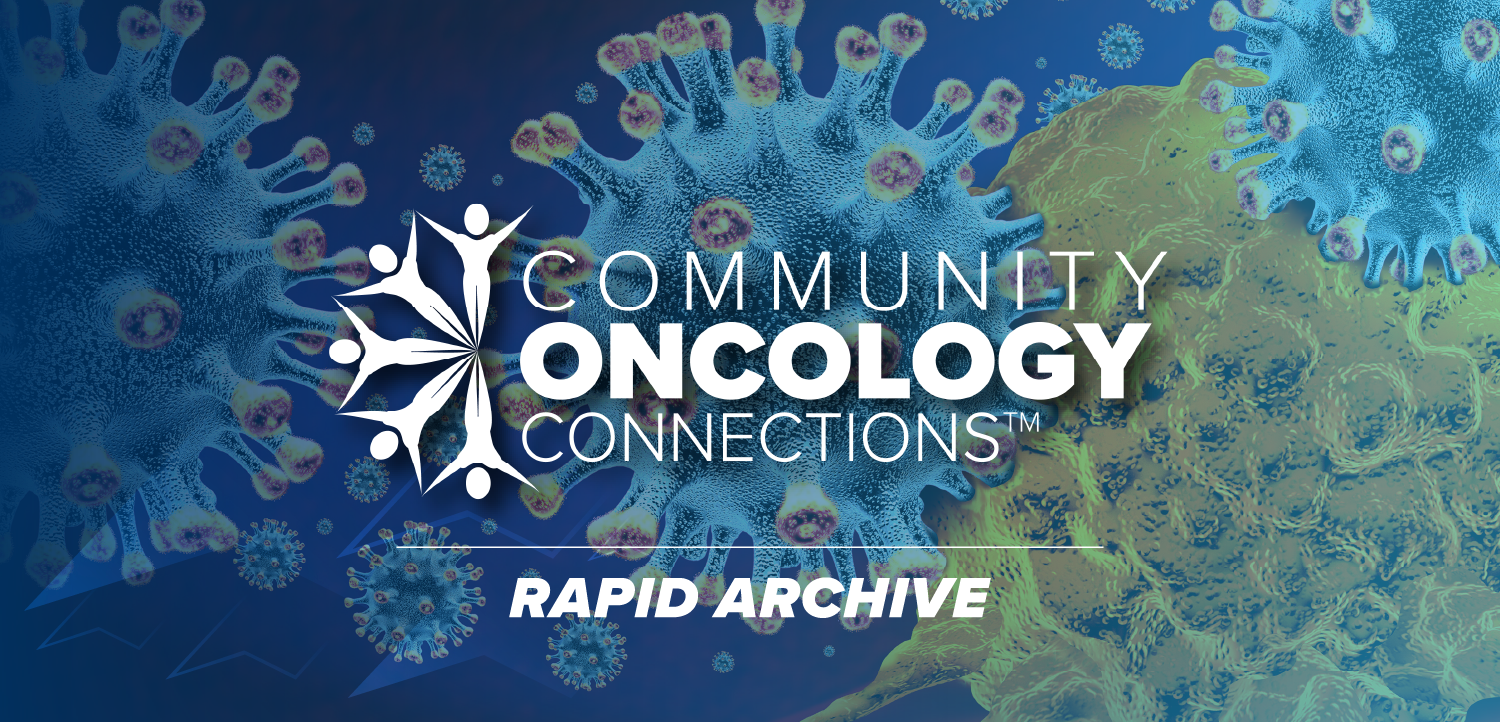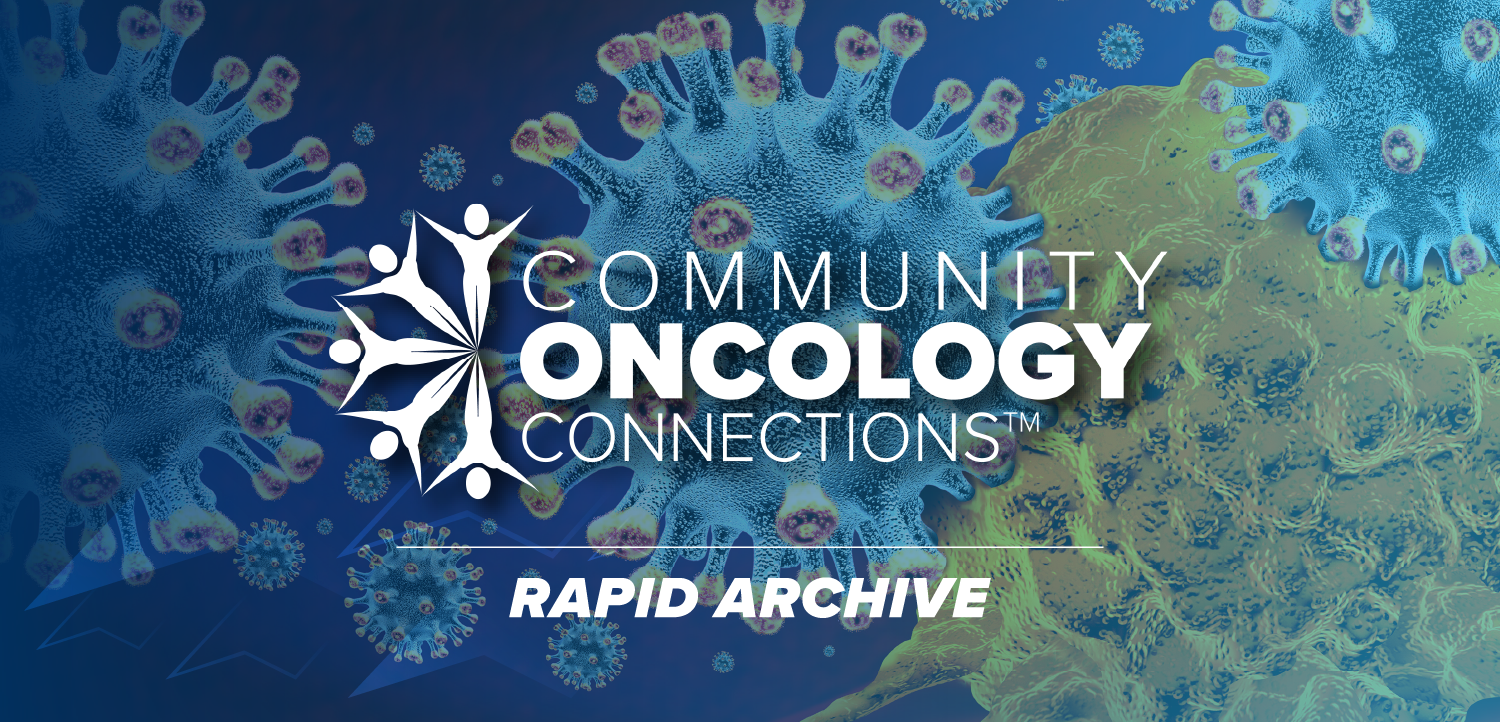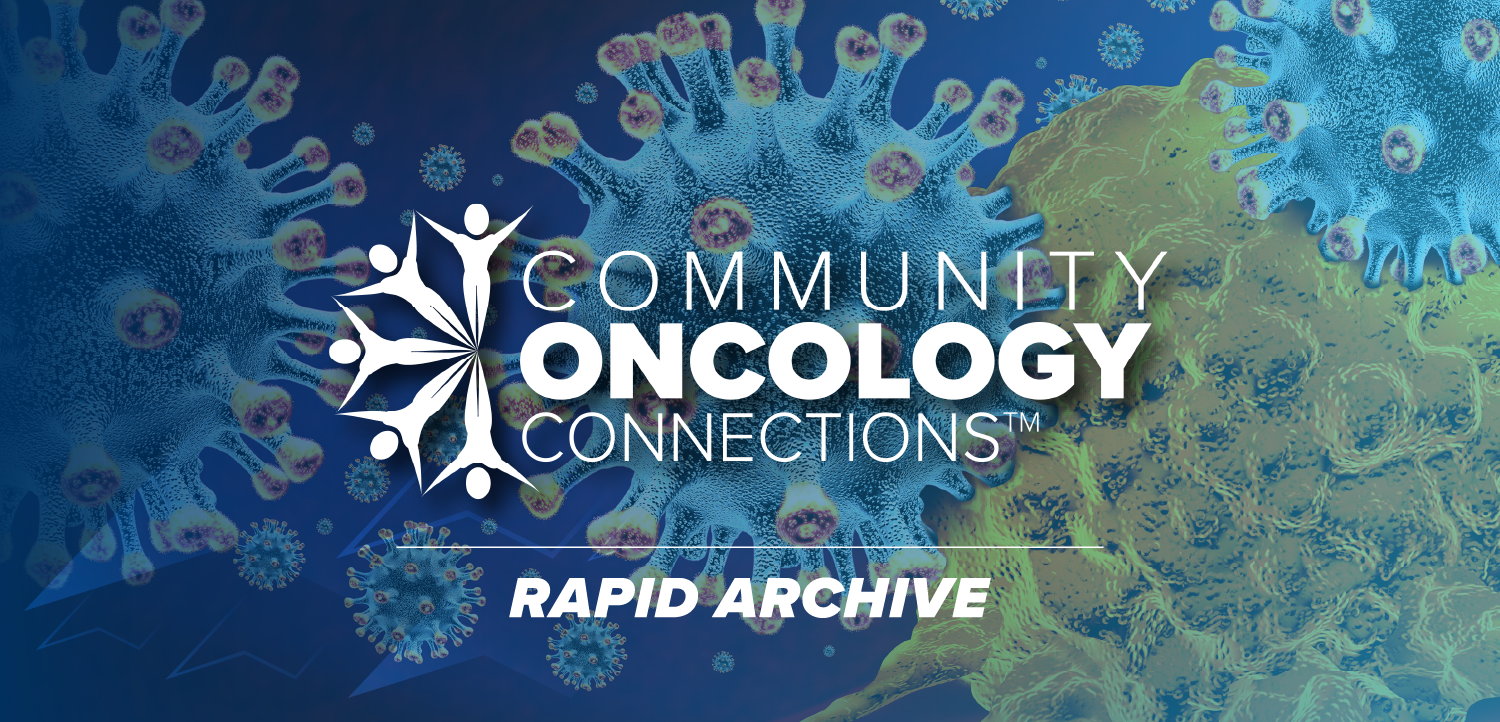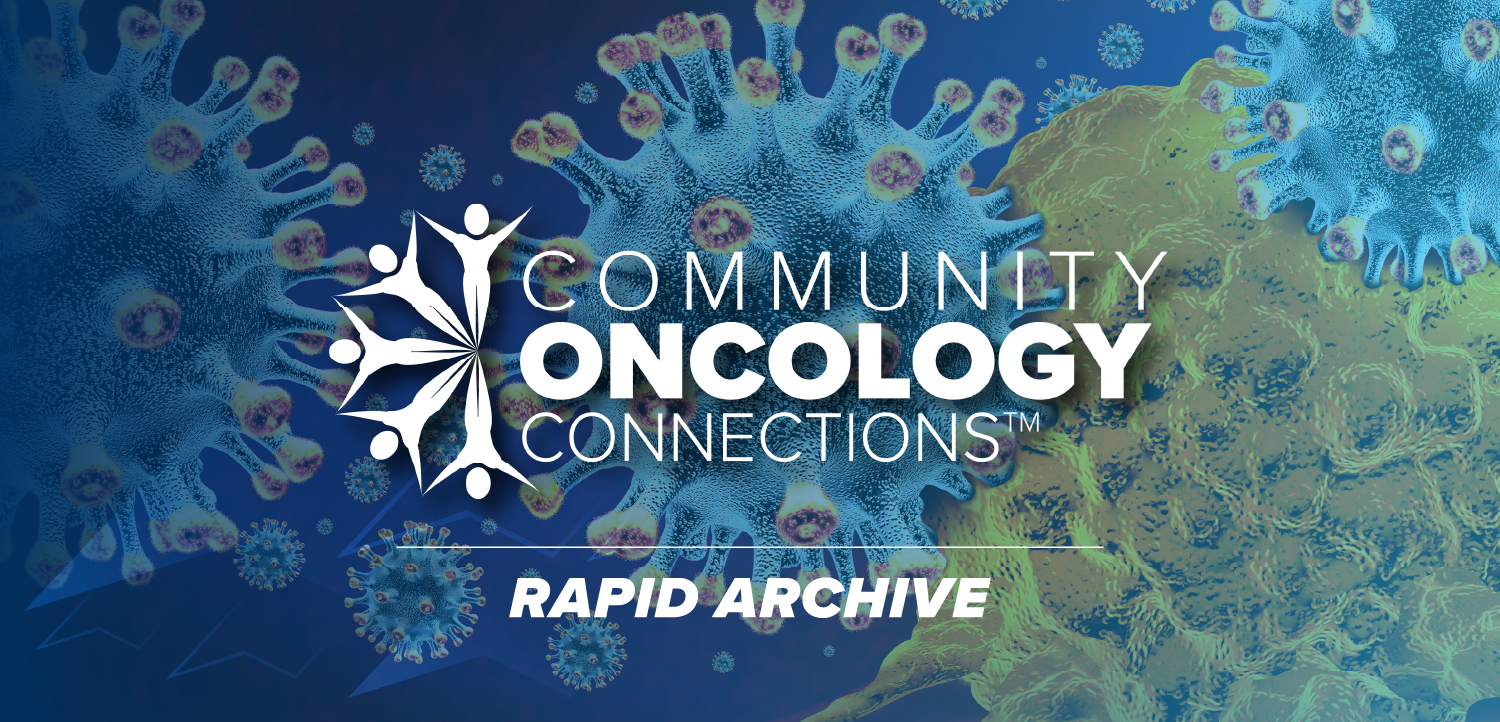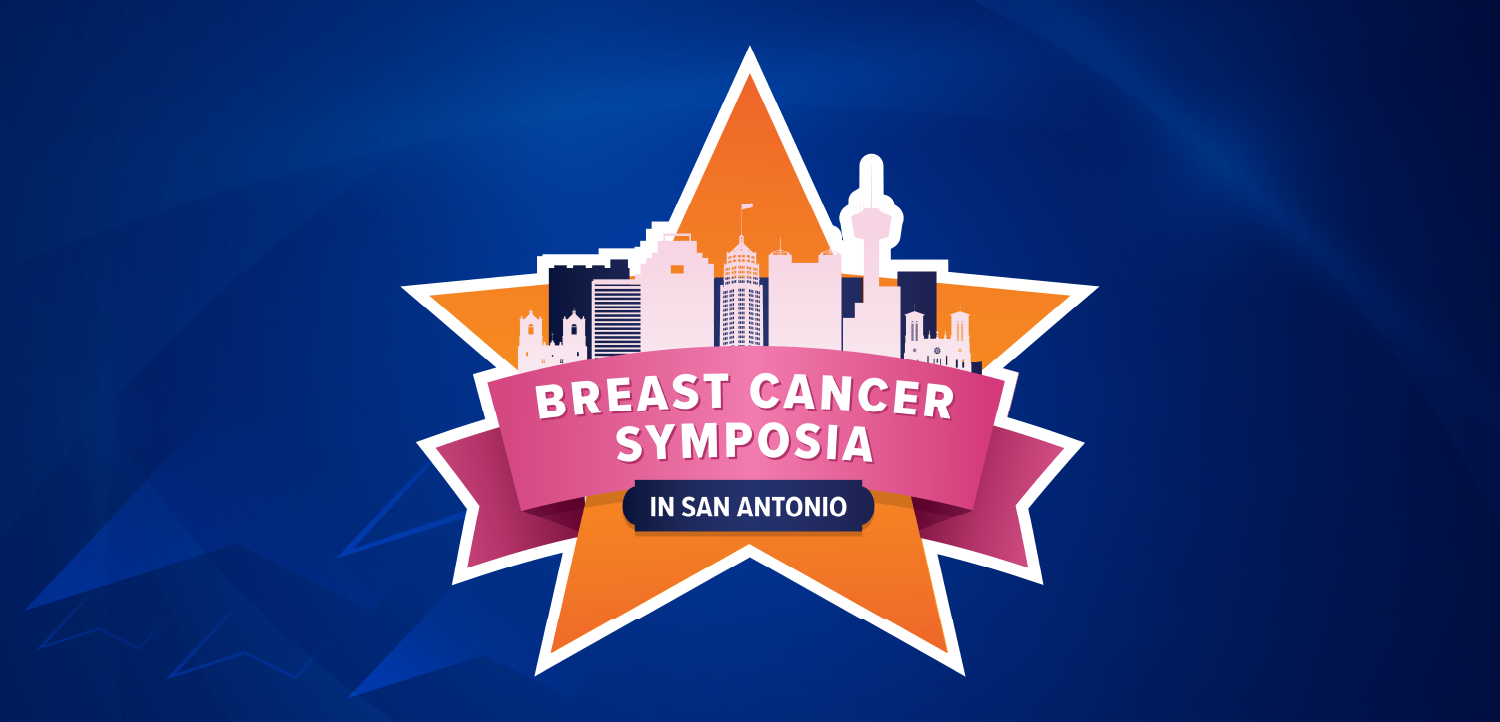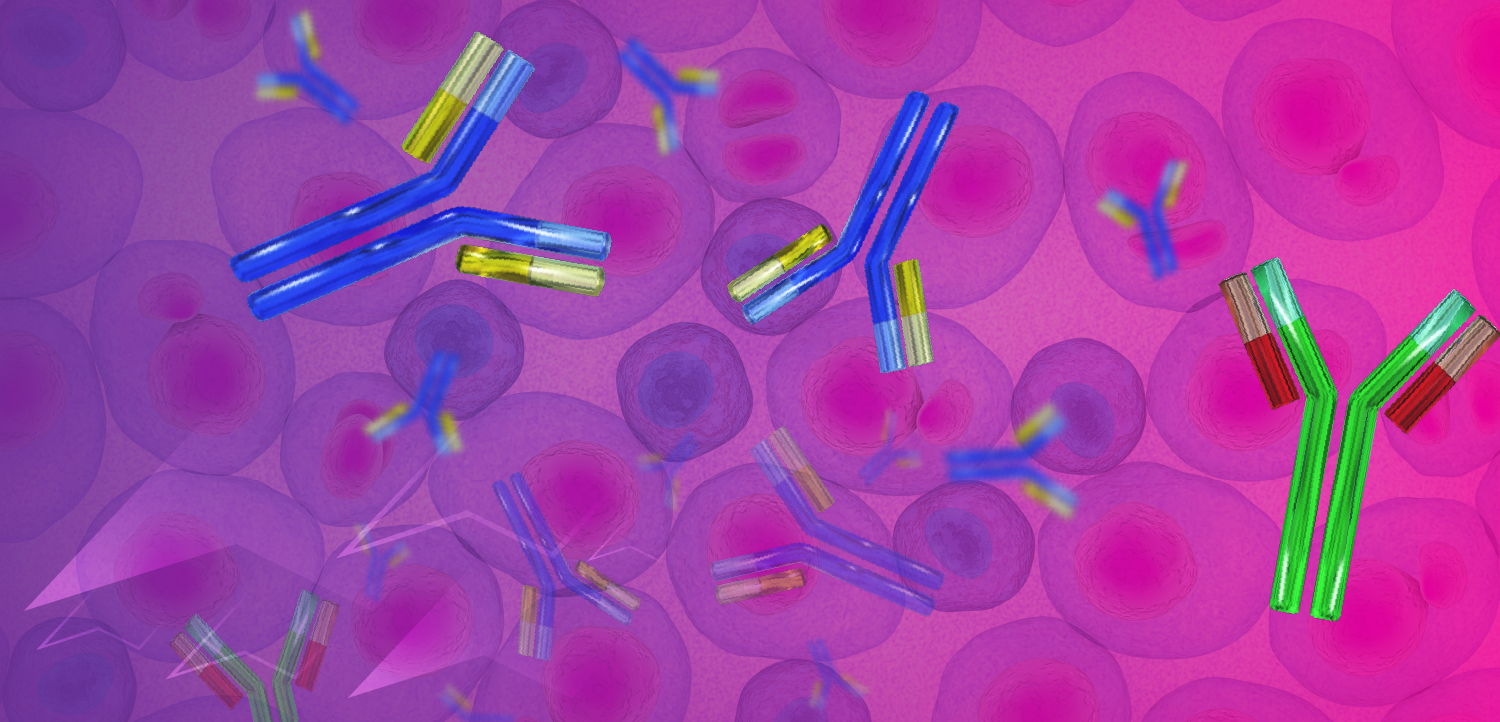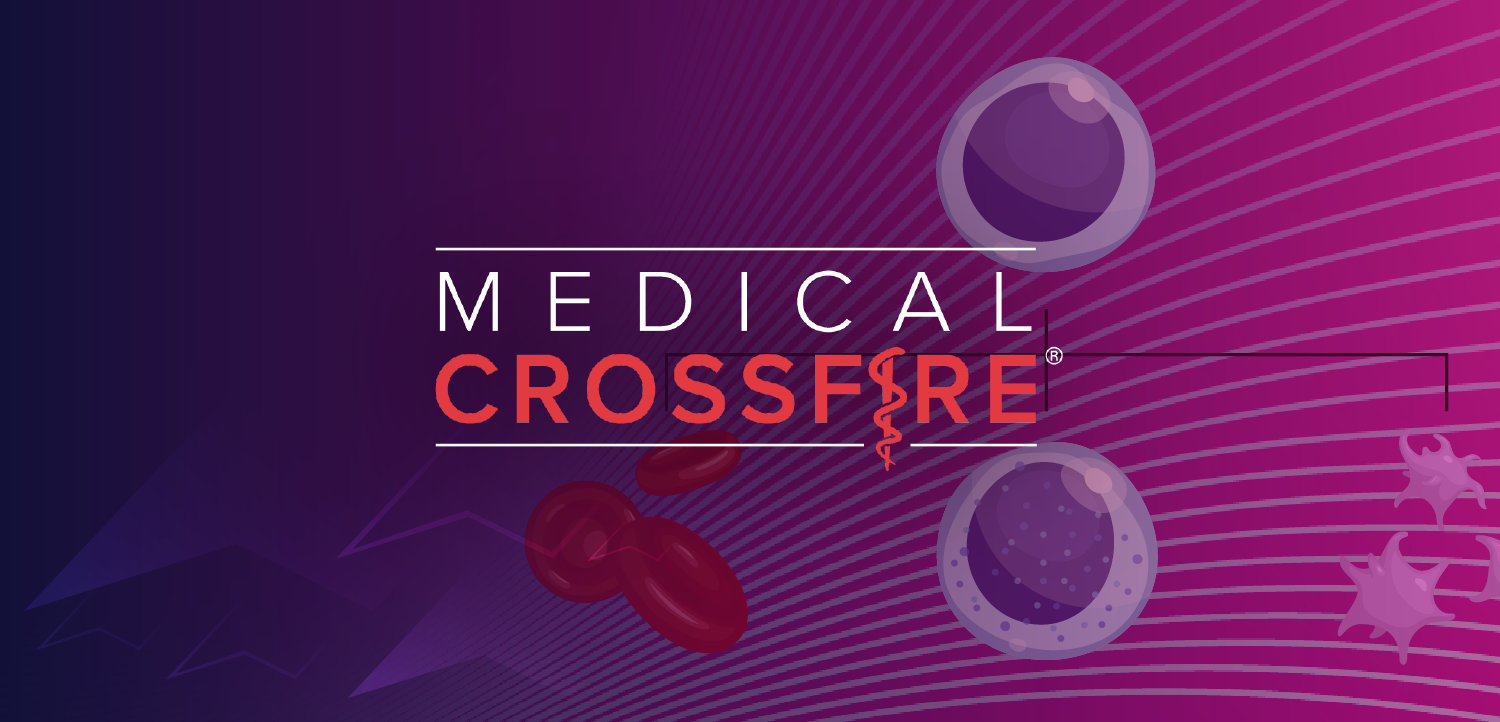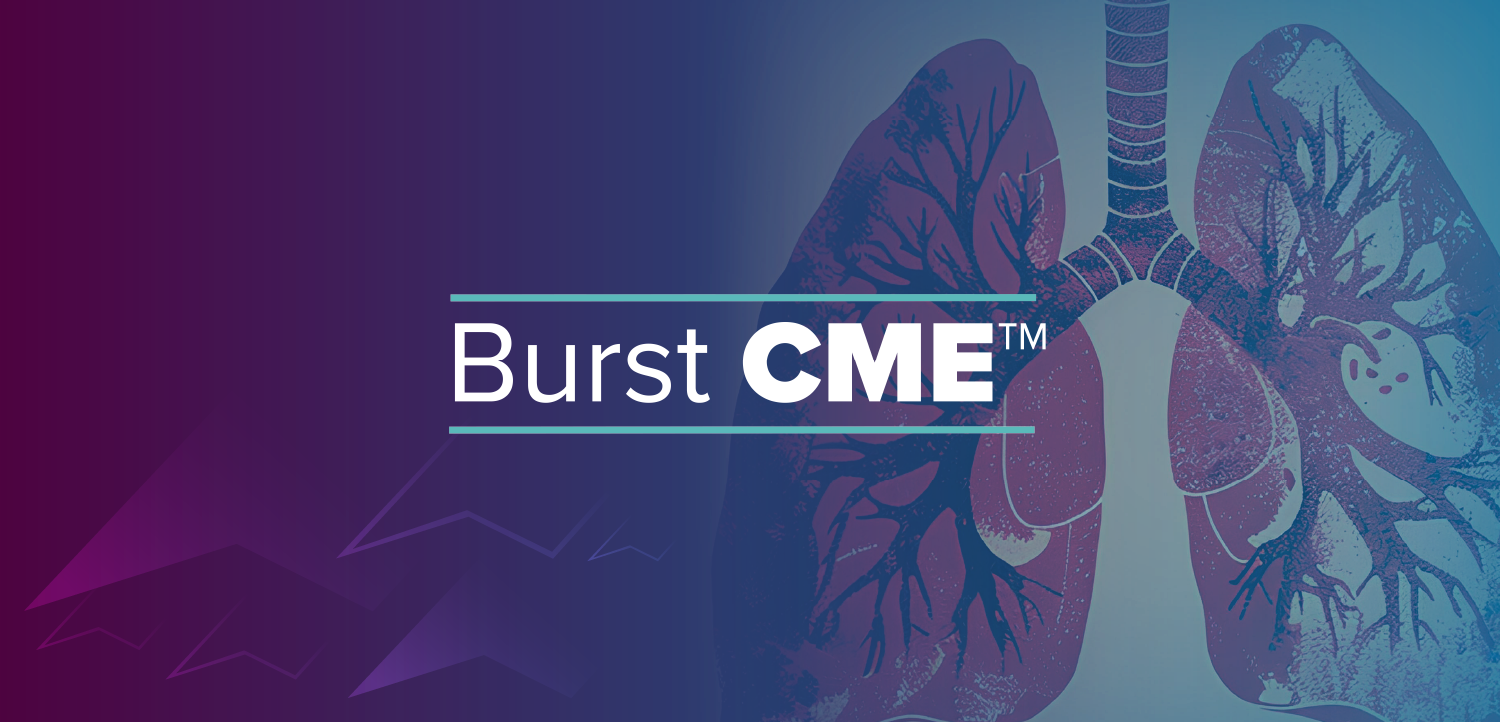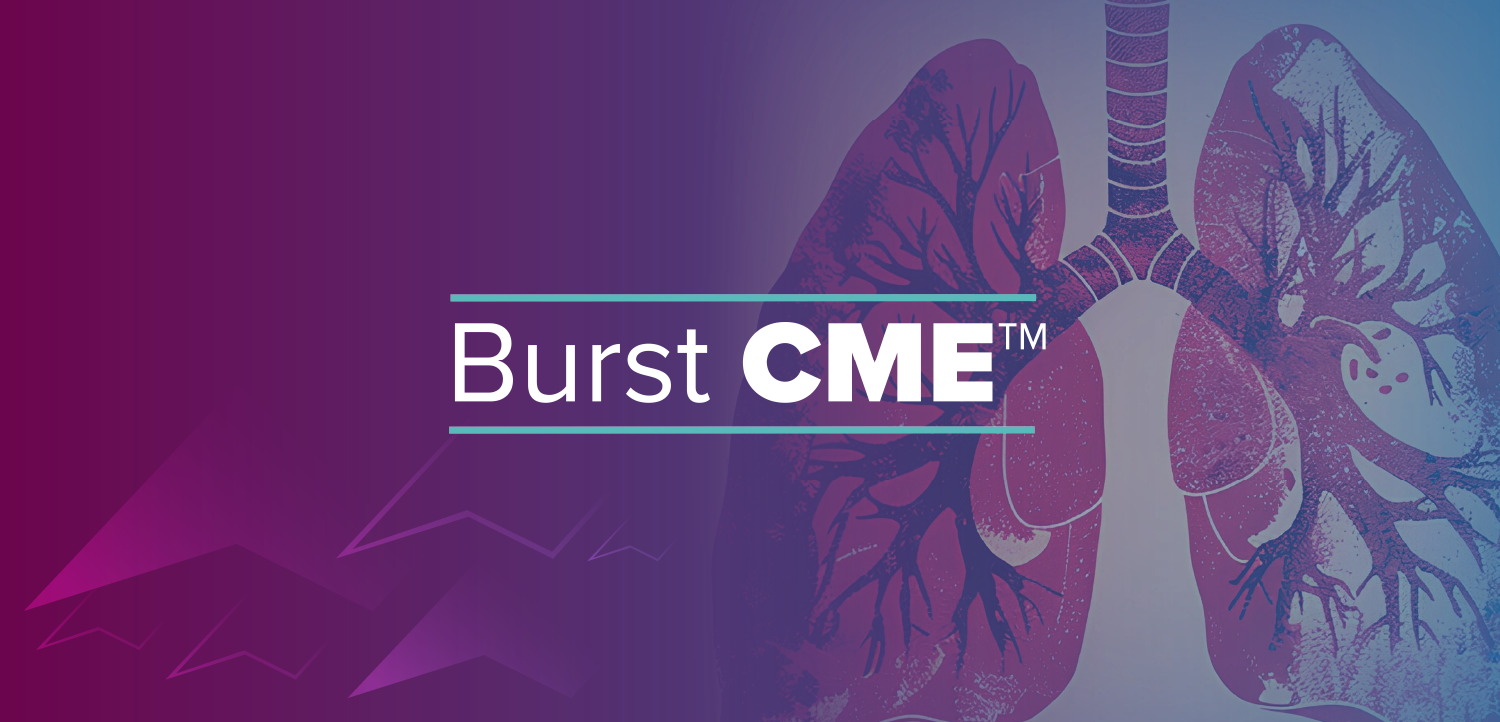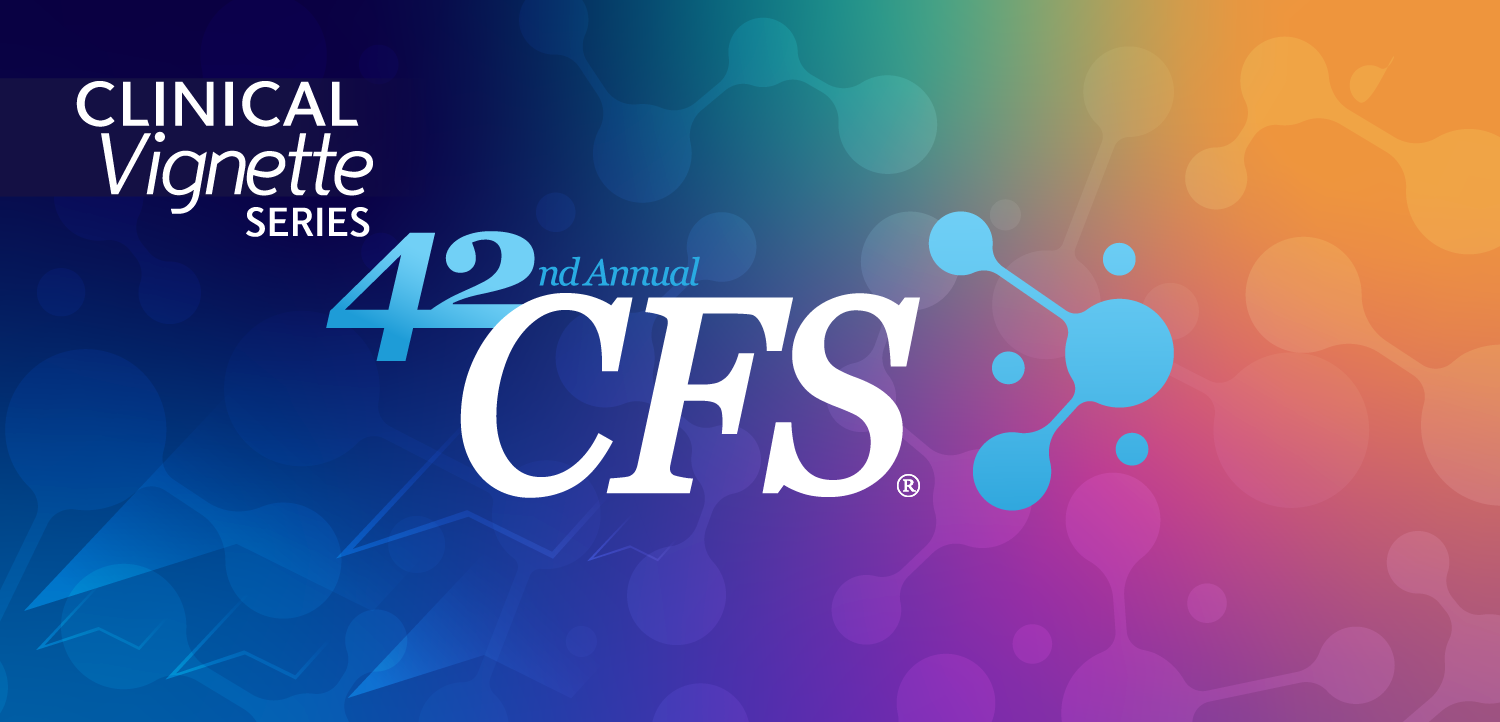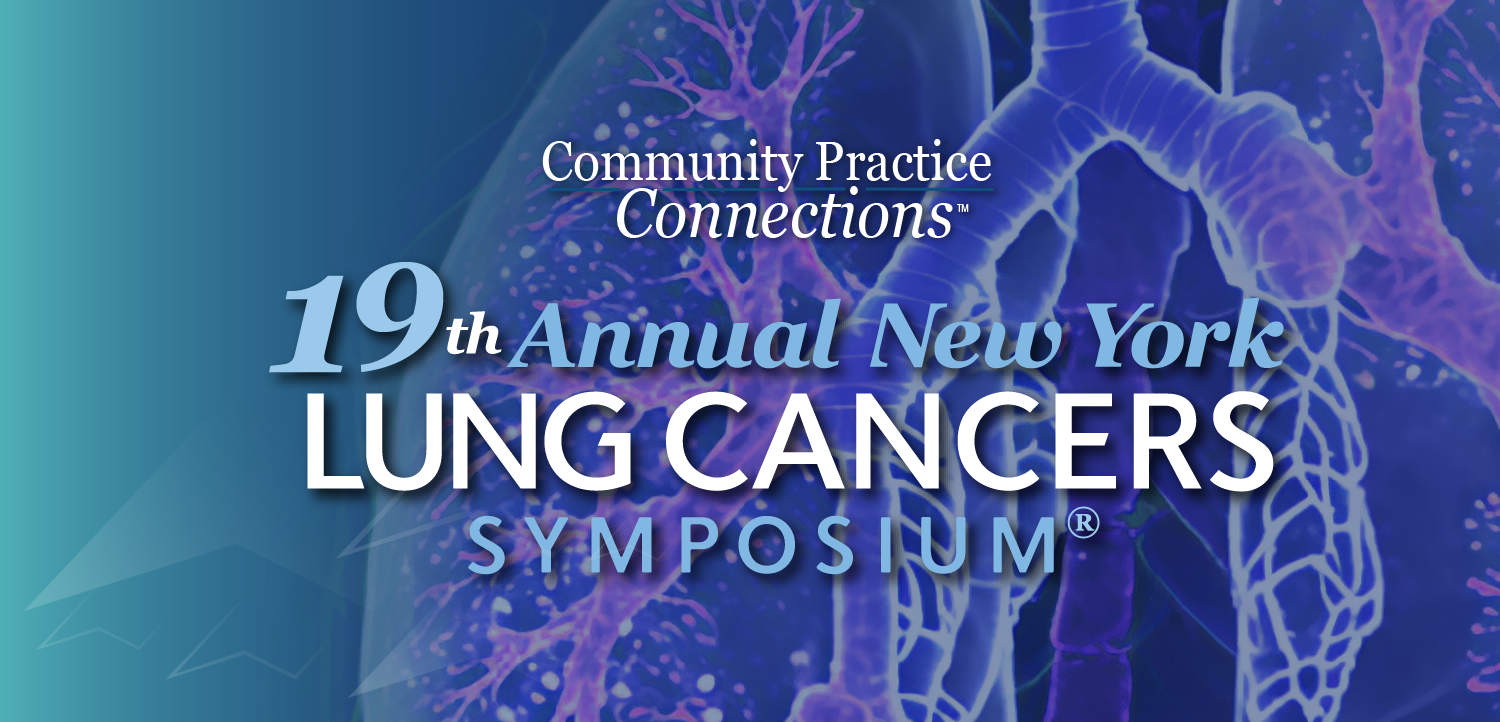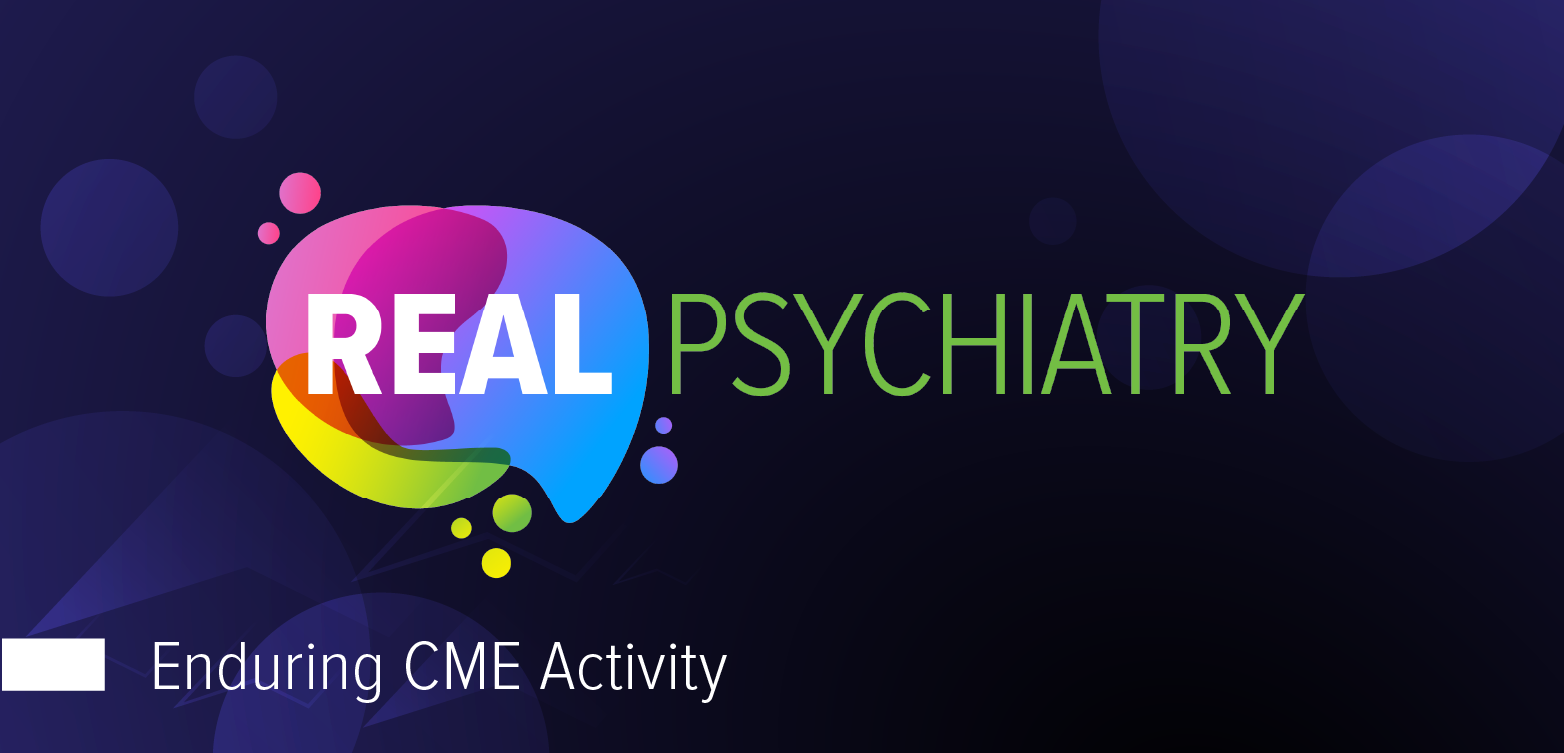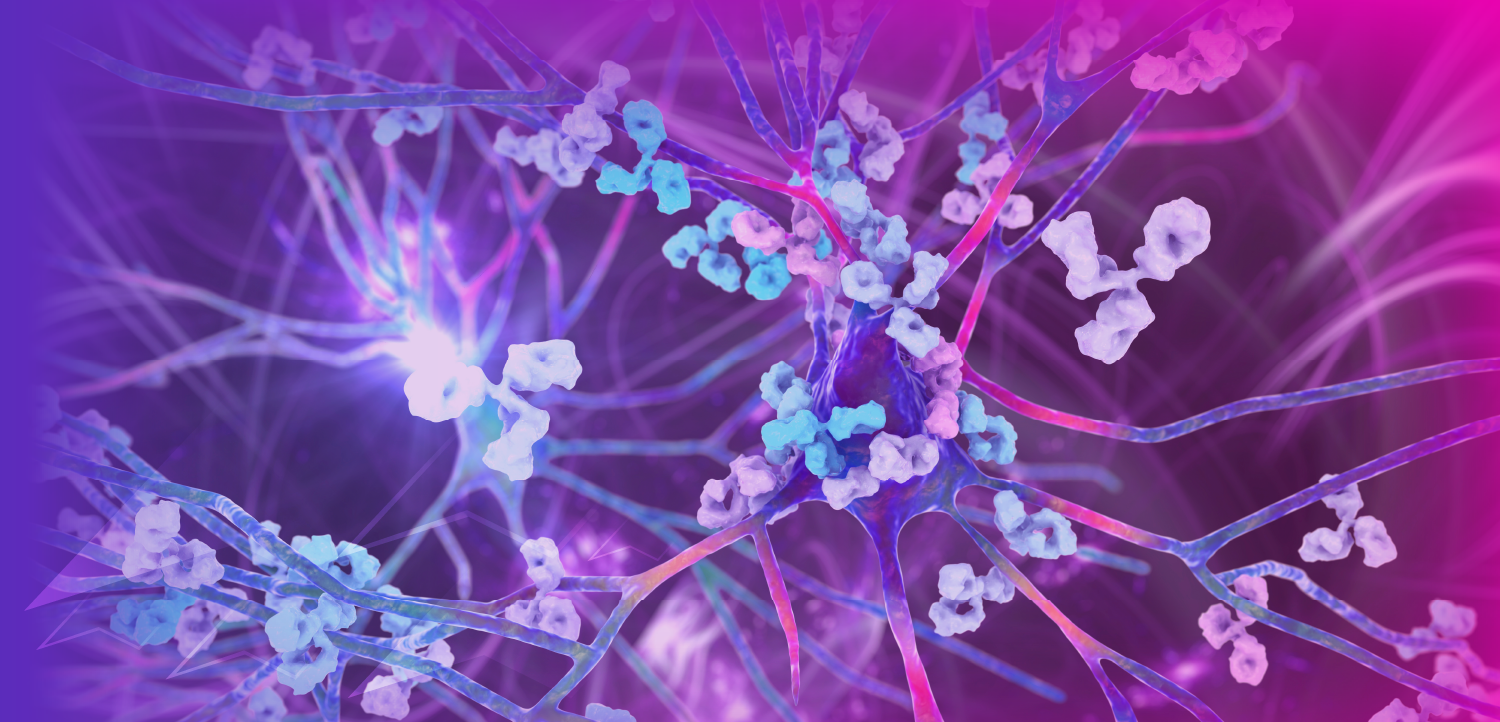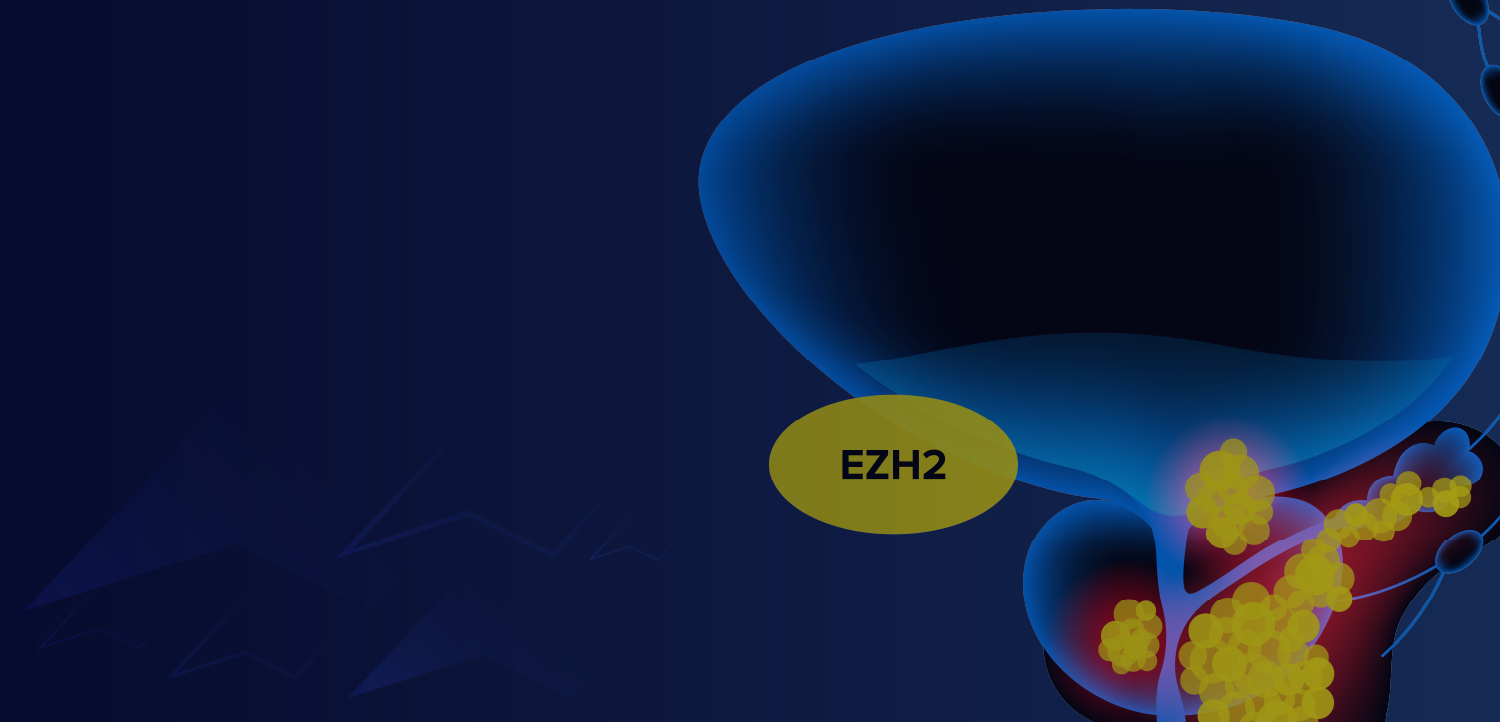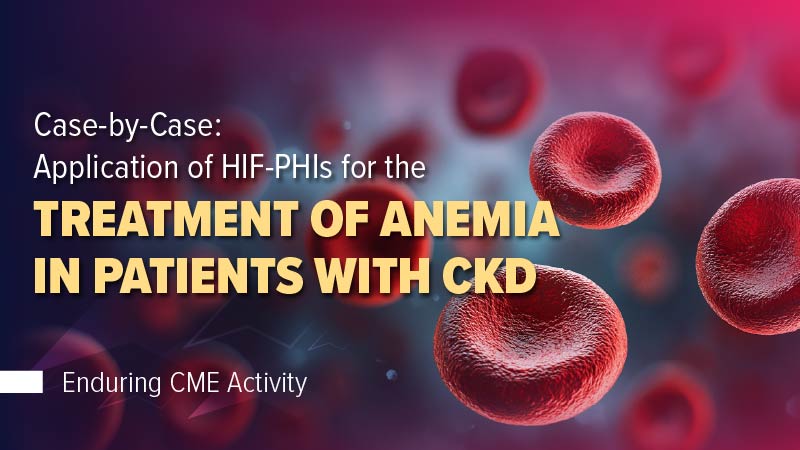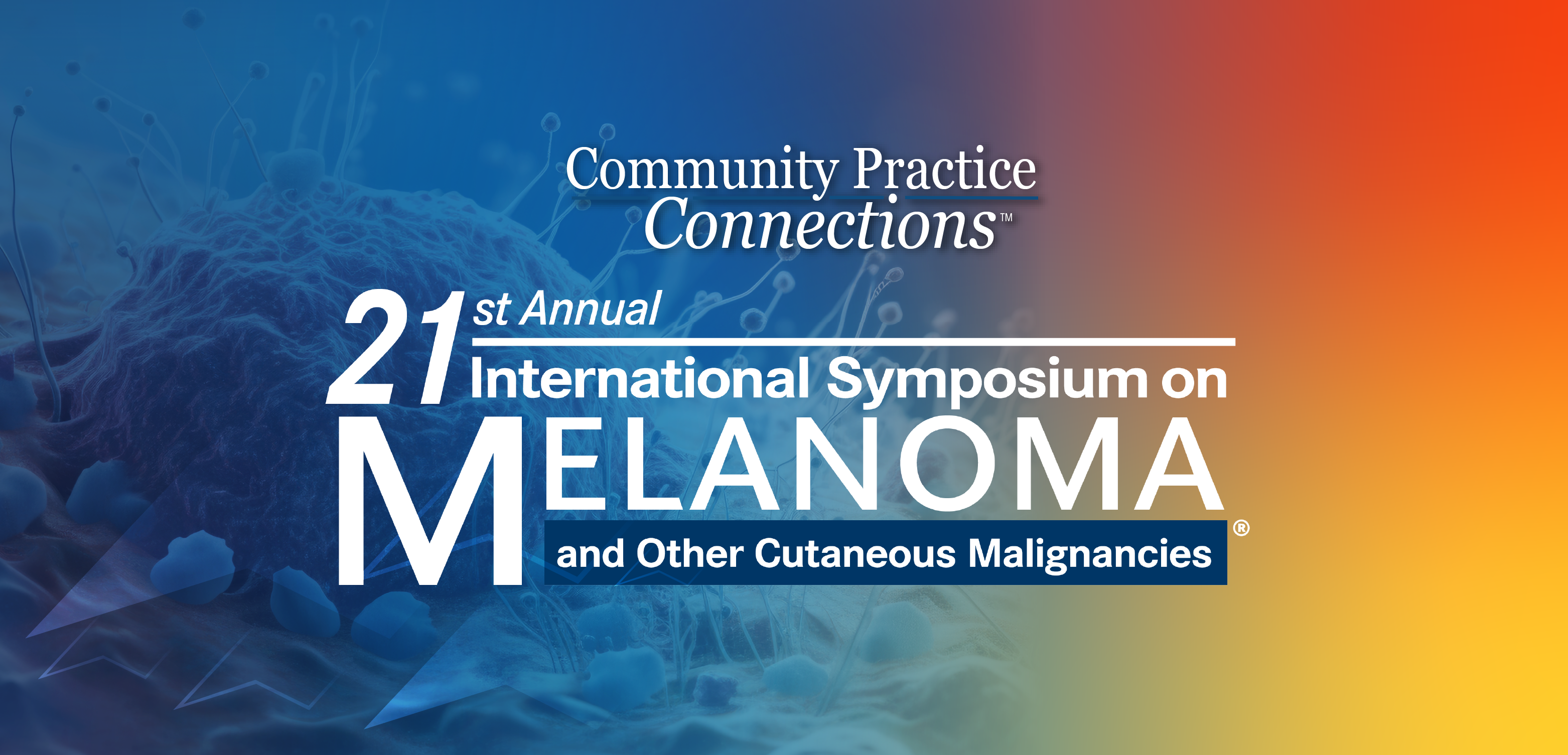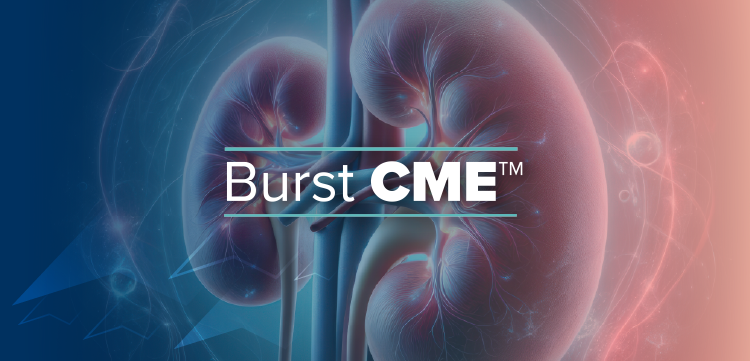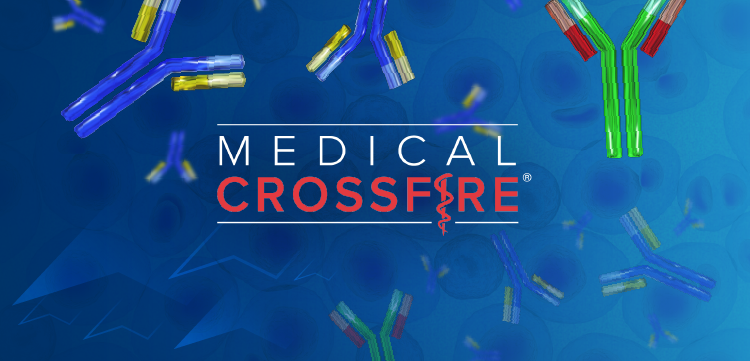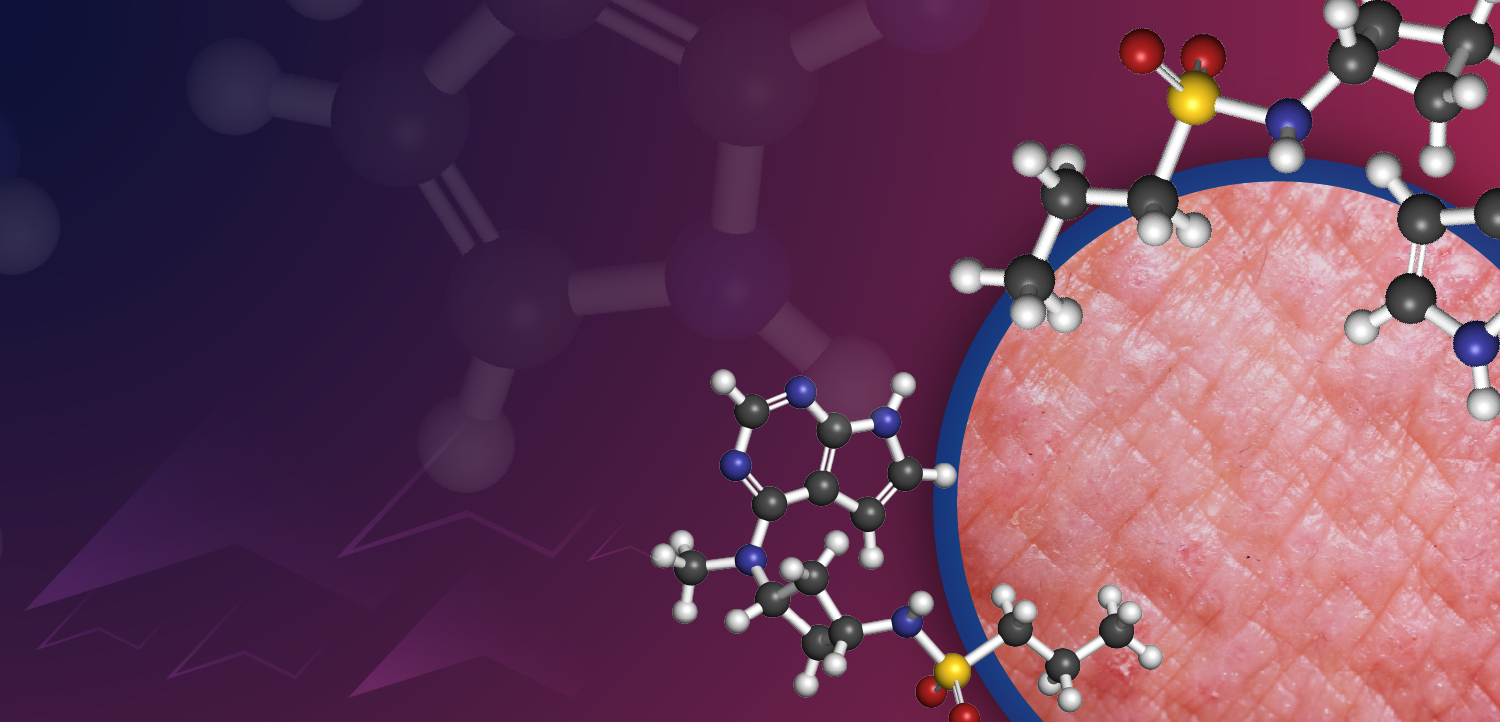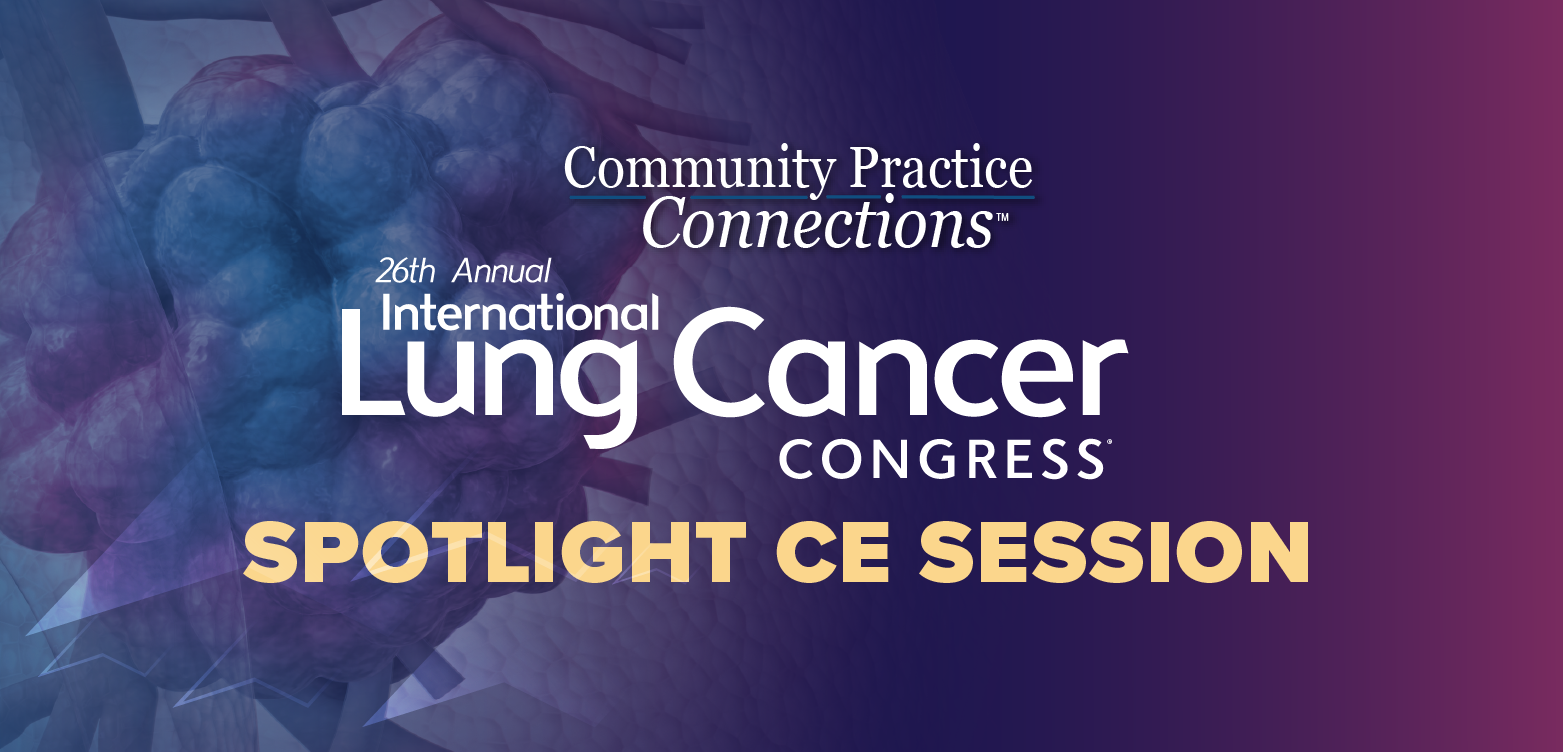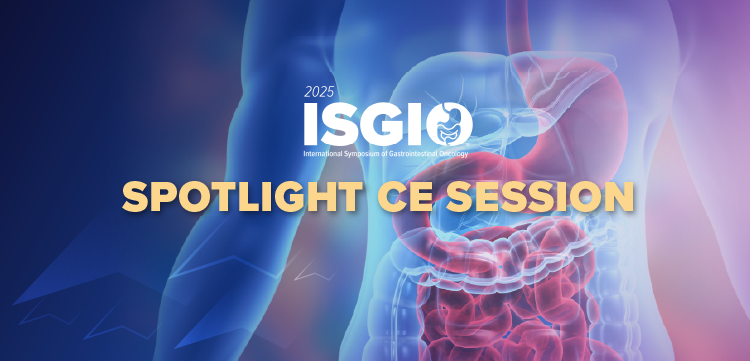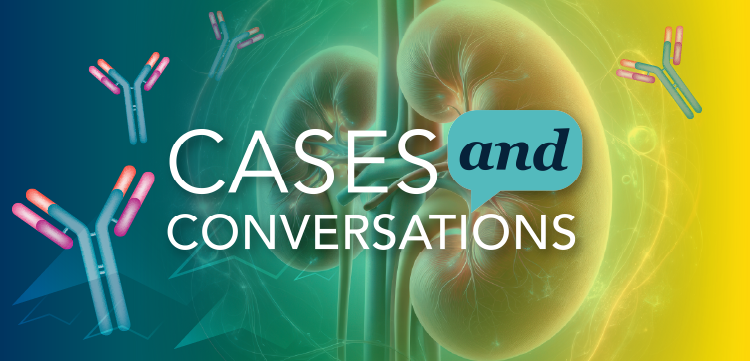
Fibromyalgia Syndrome: Guidelines for Effective Care
The numerous symptom domains of fibromyalgia syndrome (FMS) include pain, fatigue, sleep disturbance, mood disturbance, function impairment, irritable bowel syndrome, tension and migraine headache, and cognitive dysfunction. Its pathophysiology is rooted in neural dysregulation in the spinal cord and brain.
Fibromyalgia syndrome (FMS) is a chronic condition characterized by multiple symptom domains: pain, fatigue, sleep disturbance, mood disturbance, and quality-of-life and function impairment.1 Other common associated conditions and symptoms include irritable bowel syndrome, irritable bladder syndrome (interstitial cystitis), tension and migraine headache, cognitive dysfunction ("fibrofog"), stiffness, paresthesias, and restless legs syndrome. Optimal management of FMS involves multimodal treatment approaches that address the various symptom domains that patients may experience.
Over the past century, FMS has had several monikers, such as "fibrositis," but it was not until 1990 that the American College of Rheumatology (ACR) established classification criteria. The criteria defined FMS as a condition in which widespread pain has been present in at least 11 of 18 anatomically specific tender points for at least 3 months.2
The ACR classification criteria were intended to be used for research studies, but increasingly they have been used as diagnostic criteria in practice. This is problematic. Although the tender point examination helps physicians discriminate FMS as a condition characterized by augmented tenderness, an increased number of tender points is associated with female sex and "distress." This criterion lacks high specificity and excludes some patients with chronic widespread pain who do not fulfill the tender point criteria but whose pain probably arises from the same pathophysiology.3,4
Much remains that is not understood about the pathogenesis and proper classification of FMS, partly because clear-cut biomarkers and objective treatment parameters are lacking; this sometimes leads to physician skepticism and patient frustration. However, an increased awareness of the prevalence, clinical pattern, and pathophysiology of FMS-rooted in neural dysregulation, particularly "central sensitization"-is facilitating more prompt diagnosis and appropriate patient care.
Here, following a brief overview of the epidemiology and pathophysiology of FMS, we provide an update on the latest management approaches.
EPIDEMIOLOGY
The prevalence of FMS, which occurs primarily in women, is estimated at 2% to 5% of the US population.5 FMS may exist on its own, or it may be associated with other painful conditions, such as degenerative or inflammatory arthritis and low back pain.6 Indeed, the disorder is reported to occur in up to 25% of patients who have rheumatoid arthritis or lupus.7
FMS also may occur with other conditions that are considered to be somatic syndromes-ie, symptomatic conditions that do not have demonstrable structural changes-and it may share genetic predisposition and pathophysiological mechanisms with them.7 Examples include irritable bowel syndrome, irritable bladder syndrome, and temporomandibular joint syndrome. Some patients ascribe the onset of FMS to specific "triggers," including viral illness (eg, Lyme disease or hepatitis C), physical trauma, and major emotional stress.7
PATHOPHYSIOLOGY: TARGETS OF THERAPY
In the 1970s, Moldofsky and colleagues8 conducted pioneering sleep physiology studies that suggested the presence of sleep architecture abnormalities in patients with FMS. Since then, numerous studies have centered the pathophysiology of FMS in the CNS. Earlier concepts about FMS having an inflammatory component or being a disorder of peripheral muscle largely have been set aside.6
It has been observed that patients with FMS perceive more pain from nonpainful stimuli (allodynia) than do healthy controls and experience greater pain from painful stimuli (hyperalgesia).9 Functional MRI studies conducted by Gracely and associates10 have provided dynamic neuroimaging confirmation of this observation. A unifying concept is that increased pain sensitivity is the result of dysregulation of neuropeptide and neuroreceptor physiology in the ascending and descending spinal cord pain signaling pathways as well as in brain processing centers (Figure).
Central sensitization connotes amplified ascending nerve activity and receptor fields, part of which is the phenomenon of temporal summation, or "wind-up," in which stimuli after an initial pain stimulus are experienced as more intensely painful.7 This phenomenon is at least partly the result of dysregulation of the N-methyl d-aspartic acid (NMDA) receptors in the dorsal horn in patients with FMS. Russell and coworkers11 noted increased amounts of pronociceptive substance P in the cerebrospinal fluid of patients who had FMS compared with controls. Therefore, treatments known to down-regulate such pronociceptive neuropeptides may be beneficial for patients with FMS.
Kosek and Hansson,12 as well as other investigators, have noted abnormalities of the descending pain inhibition pathways, or "diffuse noxious inhibitory controls," in patients with FMS. This may be a location where augmentation of serotonin and norepinephrine has benefit for pain modulation by down-regulating signaling from painful stimuli.9
There is evidence that patients with FMS have abnormalities in the hypothalamic-pituitary-adrenal axis and autonomic nervous system,13 have dopamine dysregulation,14 and have growth hormone abnormalities15-all of which may contribute to pain and other symptom domains of FMS. Recent study results have suggested clustering of some gene markers in patients who have FMS compared with controls.7 Mood disturbance and psychiatric abnormalities may be major comorbidities in patients with FMS. Studies have suggested that about one-fourth of patients with FMS have a current diagnosis of depression and that a larger percentage have a history of depression. Other potential psychiatric comorbidities include anxiety, dysthymia, panic disorder, and phobia.
MANAGEMENT
For optimal FMS management, treatment should be customized to address the symptom domains of specific patients. The most effective treatment approach is multimodal, including both pharmacological and nonpharmacological approaches.
Nonpharmacological treatment. This should be a cornerstone of therapy, especially an approach that focuses on patient and family education, conditioning exercise and, if feasible and appropriate, counseling (eg, cognitive-behavioral therapy [CBT]). Education is important because many patients will have experienced a frustrating diagnosis and treatment path and may have developed distrust about communication with clinicians. In addition, they may have unrealistic expectations about the potential benefit of treatment and therefore need an explanation of what is possible. In clinical trials, patient education has resulted in improvement in health satisfaction, pain, pain control, pain behavior, and depression.6 CBT has been explored as a treatment for patients with FMS because it has been used effectively to manage other chronic pain conditions.
Some patients also may benefit from complementary and alternative medicine (CAM) approaches. However, the evidence for the benefit of CAM therapies is not strong, and unproven therapies may be promoted inappropriately.
Additional treatments for conditions typically associated with FMS-irritable bowel syndrome, interstitial cystitis, headache, temporomandibular joint syndrome, and restless legs syndrome-can help lower the patient's overall symptom burden. Teaming up with subspecialists who are familiar with management of these associated conditions, such as gastroenterologists, urologists, neurologists, and dentists, may be helpful.
Pharmacological treatment. An increasing number of controlled trials of pharmacological therapy are being performed. The results suggest that several classes of medications may show efficacy, particularly neuromodulatory agents. These agents appear to act through effects on cells involved in pain signaling and sleep regulation, as well as in regulation of fatigue, mood, and other elements of the condition.
Antidepressants. Tricyclic antidepressants (TCAs) initially were investigated for management of FMS after the identification of α-δ non-rapid eye movement sleep disruptions,8 which were thought to be related to abnormalities in central serotonergic neurotransmission.16 Tertiary amine TCAs, such as amitriptyline, became first-candidate antidepressants for FMS therapy because their effect as serotonin-norepinephrine reuptake inhibitors (SNRIs) leads to an increased synaptic concentration of these neuropeptides.7
Several controlled trials have demonstrated the efficacy of amitriptyline for pain relief, sleep, and an overall sense of well-being using doses of 25 to 50 mg taken at bedtime. Similar results have been demonstrated with cyclobenzaprine (a TCA officially classified as a muscle relaxant) in doses of 10 to 40 mg. A drawback to TCA use is the safety and tolerability problems that arise from their anticholinergic, antiadrenergic, antihistaminergic, and quinidine-like effects; adherence is diminished and their long-term utility is limited.7 In addition, not all controlled trials have been able to demonstrate benefit with use of TCAs, and their effectiveness may diminish with continued use.17
Selective serotonin reuptake inhibitors (SSRIs), such as fluoxetine, citalopram, and paroxetine, are another category of antidepressants that have been evaluated for the treatment of FMS.7,18,19 The results of several controlled trials of these agents have been mixed. For example, Wolfe and colleagues20 found that a fixed dosage of 20 mg/d of fluoxetine was not superior in effect to placebo in patients with FMS; however, Arnold and associates,21 when allowing for adjustable dosing, found that higher dosages of fluoxetine yielded greater symptom benefit. Studies of SSRIs generally have suggested that these agents have less effect on the pain of FMS than the TCAs.18,19
Building on the observation of benefit from agents that have dual serotonergic and noradrenergic properties, there have been several large trials of newer SNRIs, which have greater neuroreceptor selectivity than the older TCAs, are better tolerated, and appear to be more potent. The SNRI venlafaxine aids in the management of neuropathic pain and prevention of migraine and tension headaches.22 However, studies of the efficacy of venlafaxine in managing FMS have shown conflicting results. Initially, 2 open-label trials demonstrated that venlafaxine ameliorated the symptoms of FMS.22,23 However, a study that used a fixed low dose of venlafaxine showed improvement in only some pain measurements.23 These data suggest that a higher dose of venlafaxine may be more effective; however, tolerability problems may result.6
Duloxetine, a newer SNRI, is approved in the United States for management of depression and the pain of diabetic peripheral neuropathy. Efficacy in several FMS symptom domains-including effects on pain, patient global improvement, and function-has been demonstrated in clinical trials. Path analysis, a logistic regression methodology, demonstrated that most of the drug's impact on pain was a direct effect and not indirectly mediated through its effect on depression. This observation rebuts the common misconception that antidepressants affect FMS symptoms only because of their psychiatric treatment properties. Pain relief was demonstrated at dosages of 60 mg/d as well as at 120 mg/d.24 The most common adverse effect of duloxetine, nausea, generally was mild and typically resolved with continued use. A development program for approval of duloxetine in FMS is being actively pursued.
Milnacipran, a selective SNRI approved for management of depression in parts of Europe and Asia, has not yet been developed for approval in the United States. The drug displays both SNRI, with a slightly greater ratio of norepinephrine to serotonin augmentation, and mild NMDA inhibition properties.
In a controlled trial of patients with FMS, taking up to 200 mg/d of milnacipran in a twice-a-day dosing regimen, there was statistically significant benefit for management of pain, patient global improvement, fatigue, and aspects of physical functioning.25 An extensive phase 3 program for this agent is being completed for the purpose of gaining an indication for the treatment of patients with FMS in the United States.
Antiepileptic drugs. These agents also have been studied for efficacy and safety in patients with FMS.26 Pregabalin binds to the α2δ auxiliary protein associated with voltage-gated calcium channels and modulates neuronal calcium influx. The result is a reduction of release of several neurotransmitters, such as glutamate and substance P, that play a role in pain processing.
Pregabalin is the first drug with an FDA-approved indication for the treatment of FMS; it has also been approved for management of diabetic neuropathy, postherpetic neuralgia, and seizure disorder. The efficacy of pregabalin in FMS was first established in an 8-week controlled trial of 529 patients.27 A 450-mg total daily dose yielded improvements in pain, patient global impression of improvement with therapy, sleep disturbance, fatigue, and health-related quality of life; improvement was seen in some of the measures with 300 mg/d of pregabalin.
A pivotal phase 3 trial of pregabalin in FMS confirmed these observations, including efficacy in the 3 key domains of pain, patient global improvement, and function27-and supported the longer-term durability of effect over 6 months.28 Adverse effects experienced by some patients included dizziness and sedation, but they tended to improve and resolve during the initial period of use. Based on these results, the FDA granted approval for the use of pregabalin to manage FMS.
A single controlled trial showed that gabapentin was effective in multiple FMS symptom domains.29 Although this agent is mechanistically similar to pregabalin, its pharmacokinetic and pharmacodynamic profile is not as favorable.
Sedative-hypnotic agents. These agents may help restore disrupted or nonrestorative sleep in patients with FMS. Sodium oxybate, a sodium salt of g-hydroxybutyrate (a precursor of g-aminobutyric acid), is approved for management of narcolepsy. In an 8-week randomized controlled trial, patients who received sodium oxybate, 4.5 or 6 g per night, showed significant gains in pain, global improvement, Fibromyalgia Impact Questionnaire total score, fatigue, and sleep polysomnographic changes.30 Other sedative-hypnotics studied in patients with FMS are the short-acting nonbenzodiazepine sedatives zolpidem and zopiclone.7 These drugs improved patients' sleep but did not alleviate their pain; they are potentially useful adjunctive treatment medications.
Analgesics. These agents have been used to help mitigate pain, the primary symptom in patients with FMS. A clinic survey found that about 14% of patients with FMS are treated with opioid analgesics.31 However, the results of a double-blind placebo-controlled study of intravenous morphine did not show a reduction in pain intensity.32
Tramadol, a mild opioid analgesic, was well tolerated and effective in patients with FMS.33 A trial of a combination of tramadol and acetaminophen found a 50% pain reduction in 35% of the treatment group, compared with 18% of the placebo group.34 NSAIDs have no effect when used alone, but they may be modestly helpful when combined with a TCA.35Dopamine agonists. Pilot data for ropinirole demonstrated its efficacy in managing FMS pain. In a controlled trial of pramipexole, 4.5 mg/d, pain, fatigue, function, and patient global status improved in those who were allowed to continue background medicines for FMS.36 This medication is undergoing further development for FMS.
Other agents. A variety of other drugs have been explored as potential treatments for FMS symptoms. Tizanidine, a centrally acting α2-adrenergic agonist, is used to manage the muscle spasticity associated with multiple sclerosis and stroke. Treatment with 4 mg of tizanidine taken at bedtime or 24 mg taken during the day improved sleep, pain, and physical function and reduced levels of substance P in cerebrospinal fluid after 8 weeks.11
Growth hormone, which has been observed to be diminished in patients with FMS, reduced overall symptoms and tender point count after 9 months, although this treatment approach has not been further developed because of the impracticality of frequent injections.37 Tropisetron is a serotonin receptor (5-HT3) antagonist that was shown to be of benefit in FMS when given as an intravenous bolus but not orally; again, the need for parenteral administration rendered this agent poorly feasible for development.38 Oral 5-hydroxytryptophan (5-HTP), a prodrug for serotonin, had a beneficial effect on tender point count, subjective pain, stiffness, sleep patterns, and anxiety.19Combination therapy. Although the efficacy of specific medications typically has been established in monotherapy clinical trials, most clinicians combine treatments to achieve additive effects on pain and other symptom domains, such as fatigue and sleep disturbance. In addition, clinicians may take advantage of drug side effects: for example, concentrating the dose of medications that have sedating effects at bedtime to help with disturbed sleep. In time, as more medications in development for FMS obtain approvals, formal trials of drug combinations probably will be conducted to determine whether there are additive or synergistic benefits of combination therapy on the one hand or problematic additional adverse effects resulting from the combination on the other.
Electromagnetic devices. In addition to drugs, 2 forms of electromagnetic wave therapy devices, transcranial direct current stimulation (tDCS) and repetitive transcranial magnetic stimulation (rTMS), are being developed to manage pain and are being tested in FMS.39,40 The tDCS device modifies brain activity noninvasively; it relieved pain and improved physical function in patients with FMS.39 The rTMS device also alleviated pain in FMS.40 These devices currently are in further development as adjunctive therapy for pain management.
A MULTIMODAL TREATMENT APPROACH
The comprehensive treatment of patients with FMS includes coupling of medications with nonpharmacological approaches, such as education, counseling, exercise, and CAM. Clinicians who care for patients with FMS ideally work as part of a team of care providers focused on helping patients return to a more functional and symptom-reduced state.
Primary care physicians are in an ideal position to first identify FMS in a patient, initiate appropriate testing to rule out other diagnoses in the differential, educate the patient and his or her family, and begin initial therapy approaches. The patient often can benefit from more education from a specialist versed in FMS care, as well as tailoring of treatment regimens according to the various symptom domains that he experiences. Ongoing comanagement by both the primary care physician and specialist team provides optimal avenues for communication with the patient and among caregivers and for fine-tuning of treatment; dealing with medication tolerability issues; and navigating issues that affect family, social, and work relationships.
References:
REFERENCES:
1. Mease P. Fibromyalgia syndrome: review of clinical presentation, pathogenesis, outcome measures, and treatment [published correction appears in J Rheumatol Suppl. 2005;32:2063]. J Rheumatol Suppl. 2005;75:6-21.
2. Wolfe F, Smythe HA, Yunus MB, et al. The American College of Rheumatology 1990 criteria for the classification of fibromyalgia: report of the multicenter criteria committee. Arthritis Rheum. 1990;33:160-172.
3. Harth M, Nielson WR. The fibromyalgia tender points: use them or lose them? A brief review of the controversy. J Rheumatol. 2007;34:914-922.
4. Clauw DJ, Crofford LJ. Chronic widespread pain and fibromyalgia: what we know, and what we need to know. Best Pract Res Clin Rheumatol. 2003;17:685-701.
5. Gran JT. The epidemiology of chronic generalized musculoskeletal pain. Best Pract Res Clin Rheumatol. 2003;17:547-561.
6. Goldenberg D, Burckhardt C, Crofford L. Management of fibromyalgia syndrome. JAMA. 2004;292:2388-2395.
7. Arnold LM. Biology and therapy of fibromyalgia: new therapies in fibromyalgia. Arthritis Res Ther. 2006;8:212.
8. Moldofsky H, Scarisbrick P, England R, Smythe H. Musculoskeletal symptoms and non-REM sleep disturbance in patients with "fibrositis syndrome" and healthy subjects. Psychosom Med. 1975;37:341-345.
9. Dadabhoy D, Clauw DJ. Therapy insight: fibromyalgia-a different type of pain needing a different type of treatment. Nat Clin Pract Rheumatol. 2006;2:364-372.
10. Gracely RH, Petzke F, Wolf JM, Clauw DJ. Functional magnetic resonance imaging evidence of augmented pain processing in fibromyalgia. Arthritis Rheum. 2002;46:1333-1343.
11. Russell IJ, Michalek JE, Xiao Y, et al. Therapy with a central alpha-2-adrenergic agonist (tizanidine) decreases cerebrospinal fluid substance P, and may reduce serum hyaluronic acid as it improves the clinical symptoms of the fibromyalgia syndrome. Arthritis Rheum. 2002;46(suppl 9):S614.
12. Kosek E, Hansson P. Modulatory influence on somatosensory perception from vibration and heterotopic noxious conditioning stimulation (HNCS) in fibromyalgia patients and healthy subjects. Pain. 1997;70:41-51.
13. Pillemer SR, Bradley LA, Crofford LJ, et al. The neuroscience and endocrinology of fibromyalgia. Arthritis Rheum. 1997;40:1928-1939.14. Wood PB, Schweinhardt P, Jaeger E, et al. Fibromyalgia patients show an abnormal dopamine response to pain. Eur J Neurosci. 2007;25:3576-3582.
15. Geenen R, Jacobs JW, Bijlsma JW. Evaluation and management of endocrine dysfunction in fibromyalgia. Rheum Dis Clin North Am. 2002;28:389-404.
16. Moldofsky H, Scarisbrick P. Induction of neurasthetic musculoskeletal pain syndrome by se-lective sleep stage deprivation. Psychosom Med. 1976;38:35-44.
17. Carette S, Bell MJ, Reynolds WJ, et al. Comparison of amitriptyline, cyclobenzaprine, and placebo in the treatment of fibromyalgia. A randomized, double-blind clinical trial. Arthritis Rheum. 1994;37:32-40.
18. Arnold LM, Keck PE Jr, Welge JA. Antidepressant treatment of fibromyalgia, A meta-analysis and review. Psychosomatics. 2000;41:104-113.
19. Rossy LA, Buckelew SP, Dorr N, et al. A meta-analysis of fibromyalgia treatment interventions. Ann Behav Med. 1999;21:180-191.20. Wolfe F, Cathey MA, Hawley DJ. A double-blind placebo controlled trial of fluoxetine in fibromyalgia. Scand J Rheumatol. 1994;23:255-259.
21. Arnold LM, Hess EV, Hudson JI, et al. A randomized, placebo-controlled, double-blind, flexible-dose study of fluoxetine in the treatment of women with fibromyalgia. Am J Med. 2002;112:191-197.
22. Sayar K, Aksu G, Ak I, Tosun M. Venlafaxine treatment of fibromyalgia. Ann Pharmacother. 2003;37:1561-1565.
23. Zijsltra TR, Barendregt PJ, van de Laar MA. Venlafaxine in fibromyalgia: results of a randomized, placebo-controlled, double-blind trial. Arthritis Rheum. 2002;46:S105.
24. Arnold LM, Rosen A, Pritchett YL, et al. A randomized, double-blind, placebo-controlled trial of duloxetine in the treatment of women with fibromyalgia with or without major depressive disorder. Pain. 2005;119:5-15.
25. Gendreau RM, Thorn MD, Gendreau JF, et al. Efficacy of milnacipran in patients with fibromyalgia. J Rheumatol. 2005;32:1975-1985.
26. Wiffen P, Collins S, McQuay H, et al. Anticonvulsant drugs for acute and chronic pain. Cochrane Database Syst Rev. 2005;(3):CD001133.
27. Arnold L, Russell I, Duan W, et al. A 14-week, randomized, double-blind, placebo-controlled, monotherapy trial of pregabalin (BID) in patients with fibromyalgia syndrome (FMS). Presented at: American Pain Society Annual Meeting; May 2-5, 2007; Washington, DC. Abstract 695.
28. Crofford LJ, Simpson S, Young JP Jr, et al. A six-month, double-blind, placebo-controlled, durability of effect study of pregabalin for pain associated with fibromyalgia. Presented at: 2006 American College of Rheumatology Meeting; November 11-15, 2006; Washington, DC. Abstract L44.
29. Arnold L, Goldenberg DL, Stanford SB, et al. Gabapentin in the treatment of fibromyalgia. Arthritis Rheum. 2007;56:1336-1344.30. Russell IJ, Bennett RM, Michalek JE. Sodium oxybate relieves pain and improves sleep in fibromyalgia syndrome [FM]: a randomized, double-blind, placebo-controlled, multi-center clinical trial. Presented at: ACR/ARHP Scientific Meeting; November 12-17, 2005; San Diego. Program Book Supplement. Late-breaking abstracts.
31. Wolfe F, Anderson J, Harkness D, et al. A prospective, longitudinal, multicenter study of service utilization and costs in fibromyalgia. Arthritis Rheum. 1997;40:1560-1570.
32. Sërensen J, Bengtsson A, Bäckman E, et al. Pain analysis in patients with fibromyalgia. Effects of intravenous morphine, lidocaine, and ketamine. Scand J Rheumatol. 1995;24:360-365.
33. Russell IJ, Kamin M, Bennett RM, et al. Efficacy of tramadol in treatment of pain in fibromyalgia. J Clin Rheumatol. 2000;6:250-257.34. Bennett RM, Kamin M, Karim R, Rosenthal N. Tramadol and acetaminophen combination tablets in the treatment of fibromyalgia pain: a double-blind, randomized, placebo-controlled study. Am J Med. 2003;114:537-545.
35. Goldenberg DL, Felson DT, Dinerman H. A randomized, controlled trial of amitriptyline and naproxen in the treatment of patients with fibromyalgia. Arthritis Rheum. 1986;29:1371-1377.
36. Holman AJ, Myers RR. A randomized, double-blind, placebo-controlled trial of pramipexole, a dopamine agonist, in patients with fibromyalgia receiving concomitant medications. Arthritis Rheum. 2005;52:2495-2505.
37. Bennett RM, Clark SC, Walczyk J. A randomized, double-blind, placebo-controlled study of growth hormone in the treatment of fibromyalgia. Am J Med. 1998;104:227-231.
38. Spath M, Stratz T, Neeck G, et al. Efficacy and tolerability of intravenous tropisetron in the treatment of fibromyalgia. Scand J Rheumatol. 2004;33:267-270.
39. Fregni F, Gimenes R, Valle AC, et al. A randomized, sham-controlled, proof of principle study of transcranial direct current stimulation for the treatment of pain in fibromyalgia. Arthritis Rheum. 2006;54:3988-3998.
40. Sampson SM, Rome JD, Rummans TA. Slow-frequency rTMS reduced fibromyalgia pain. Pain Med. 2006;7:115-118.
Newsletter
Enhance your clinical practice with the Patient Care newsletter, offering the latest evidence-based guidelines, diagnostic insights, and treatment strategies for primary care physicians.








